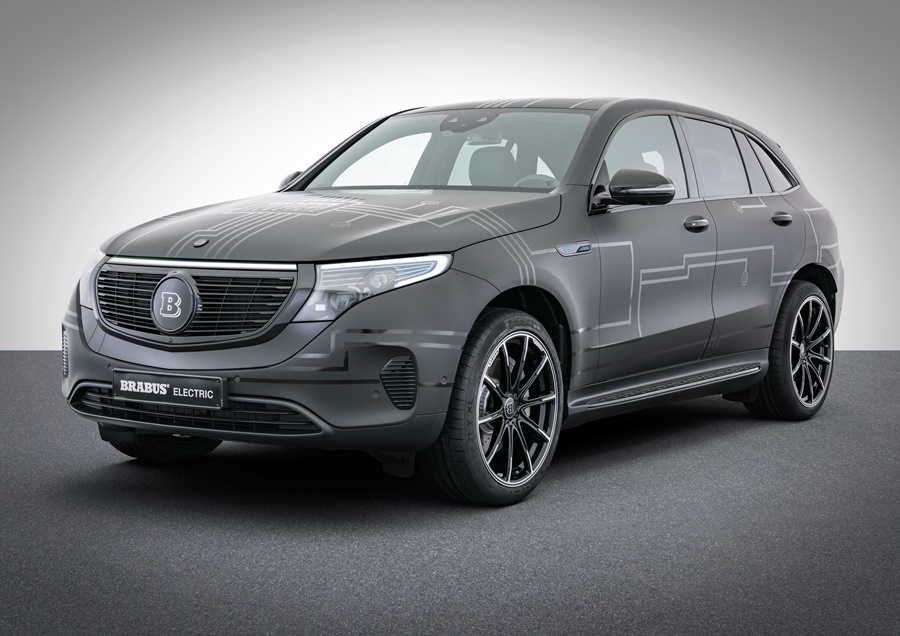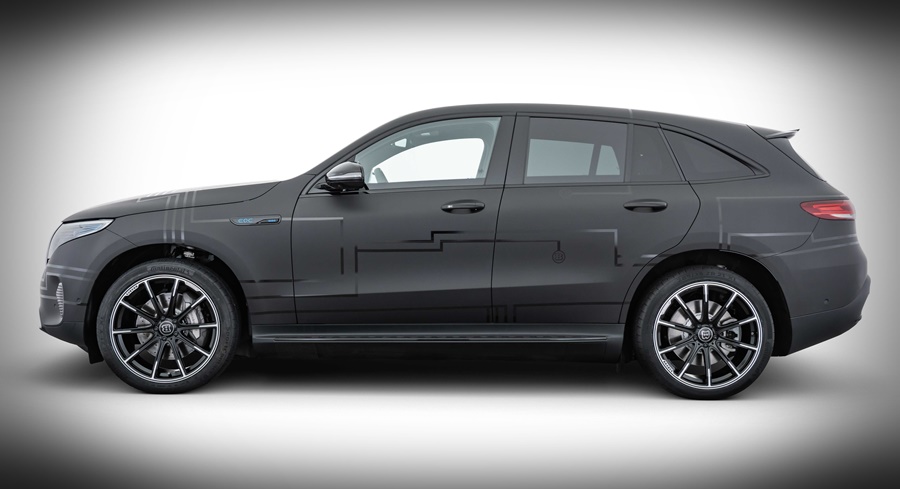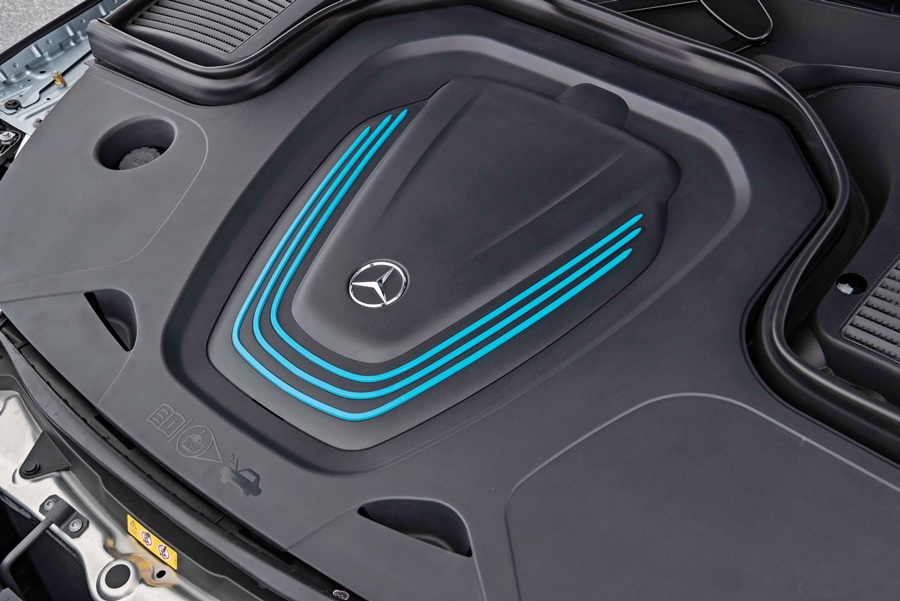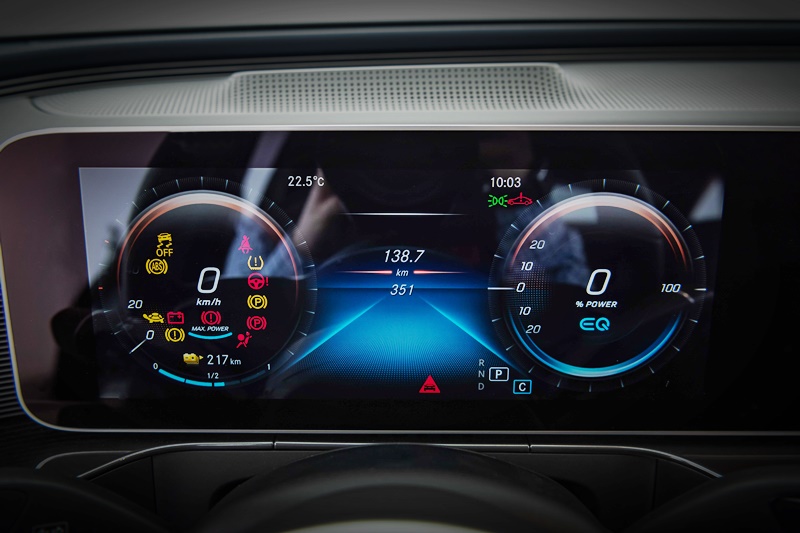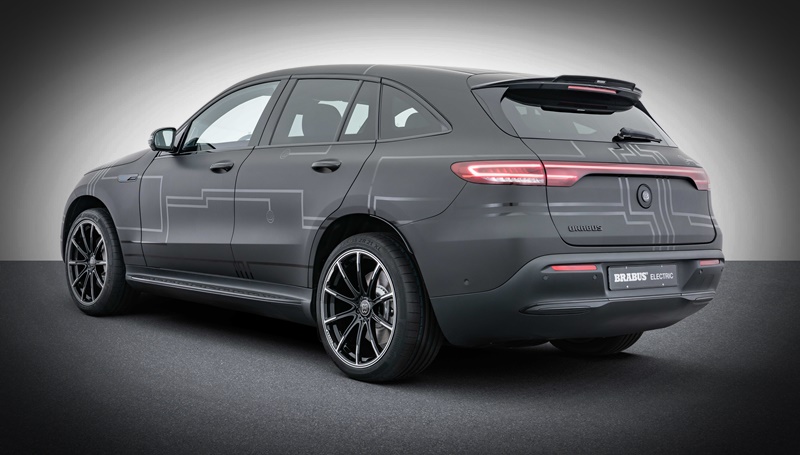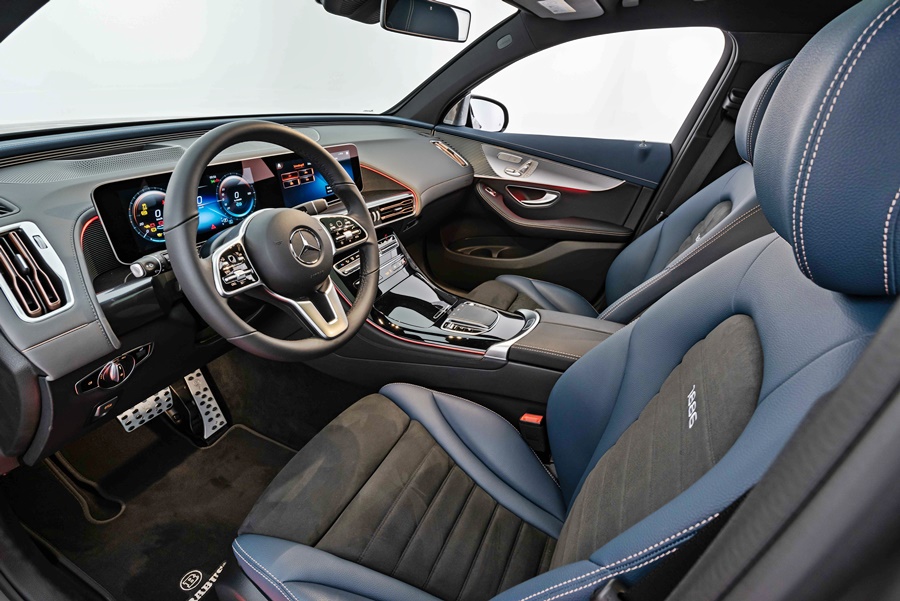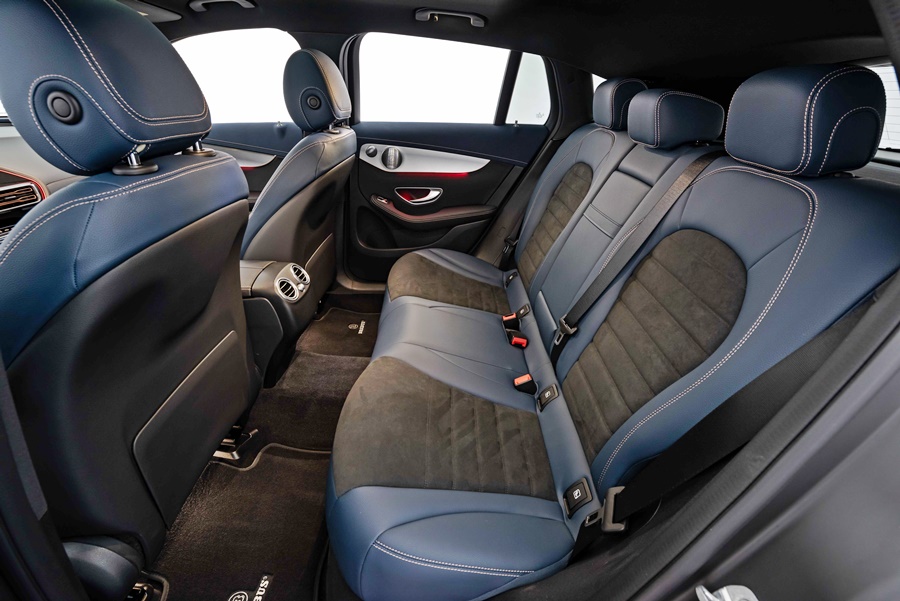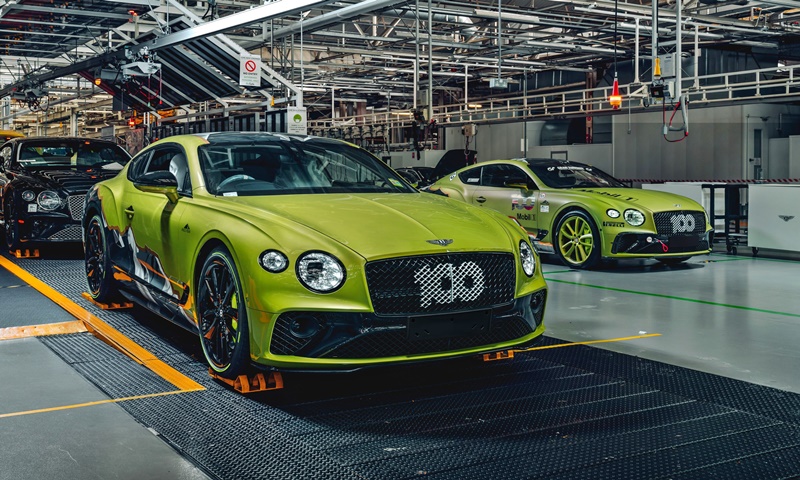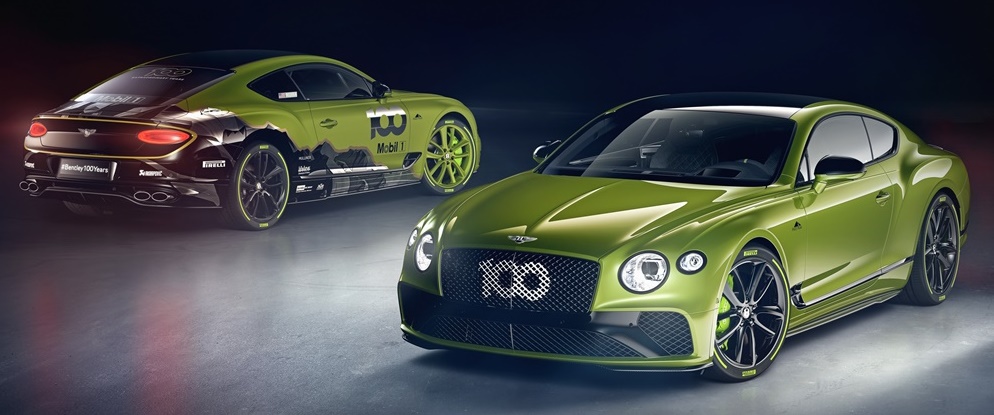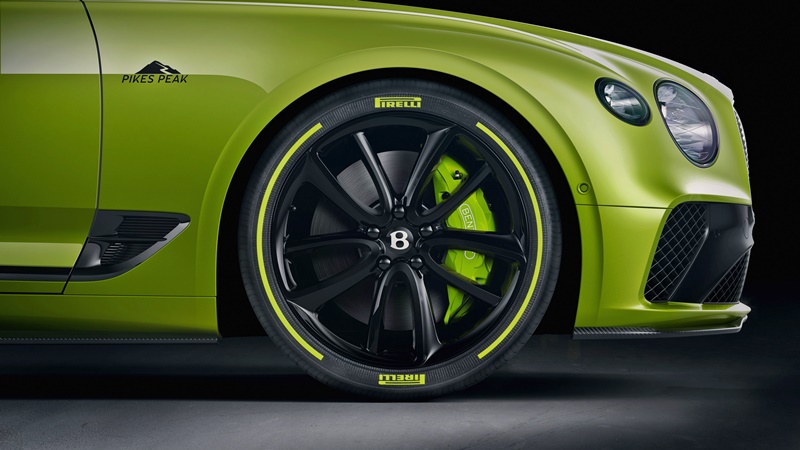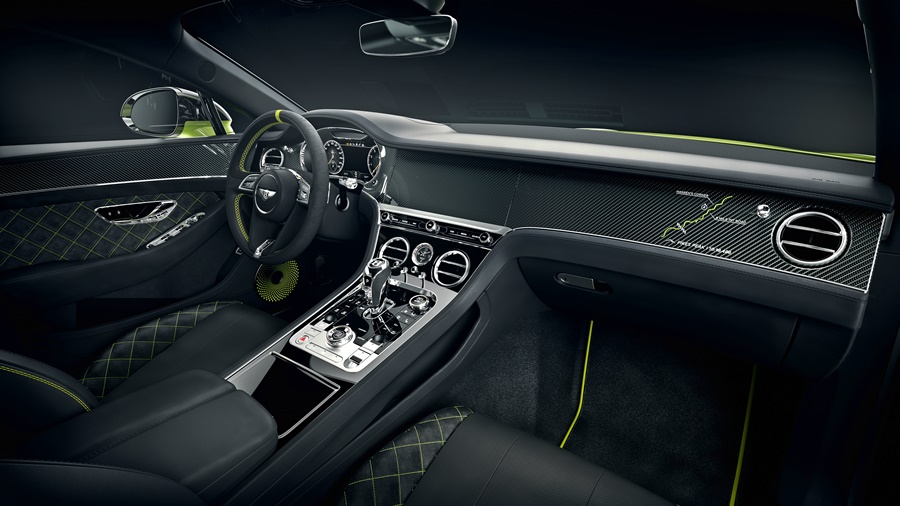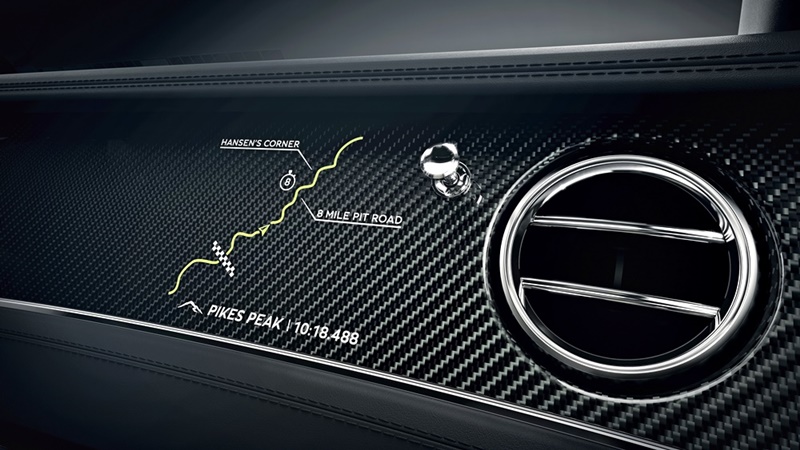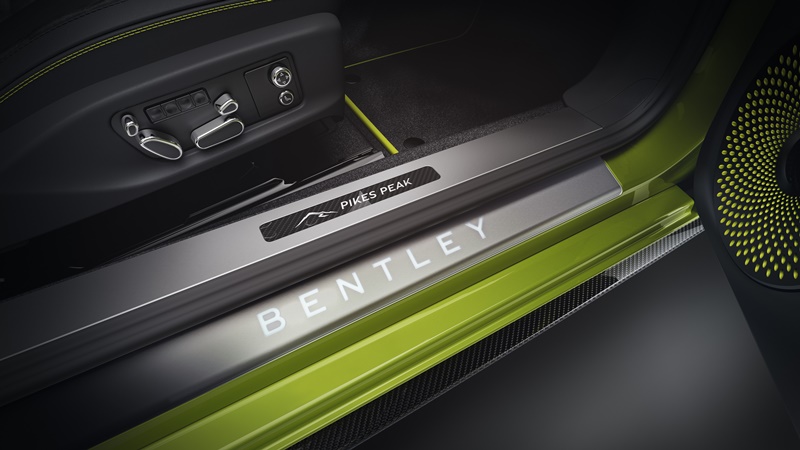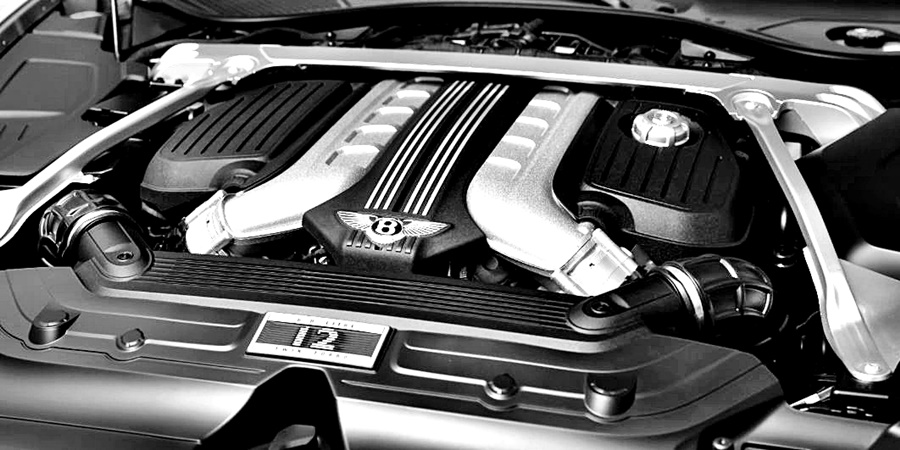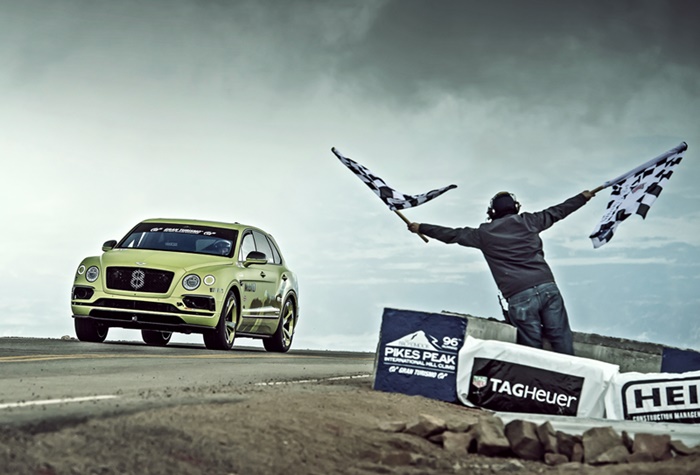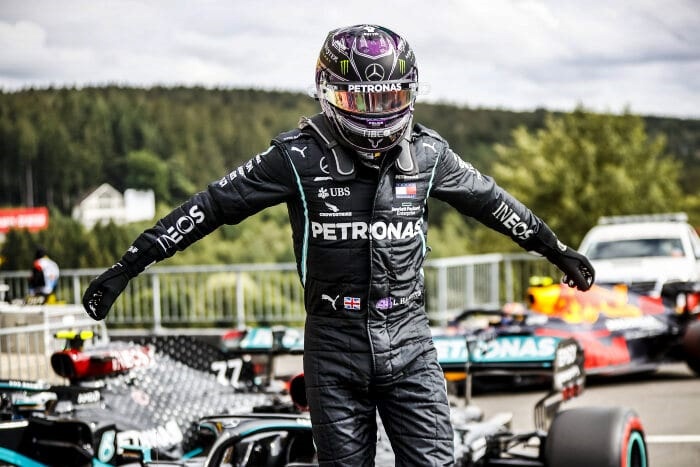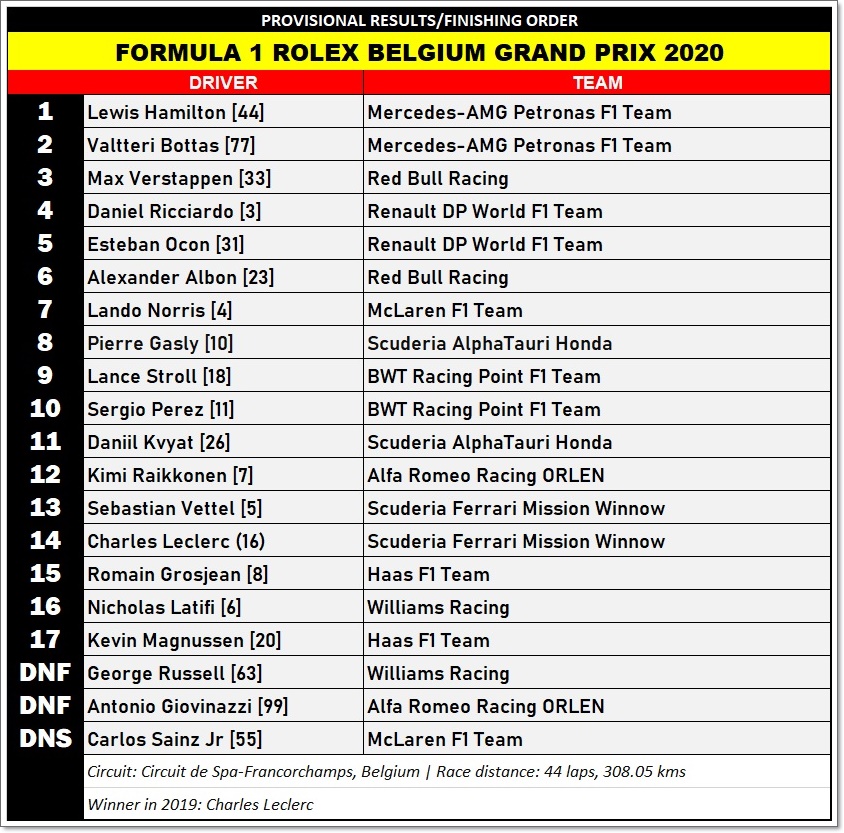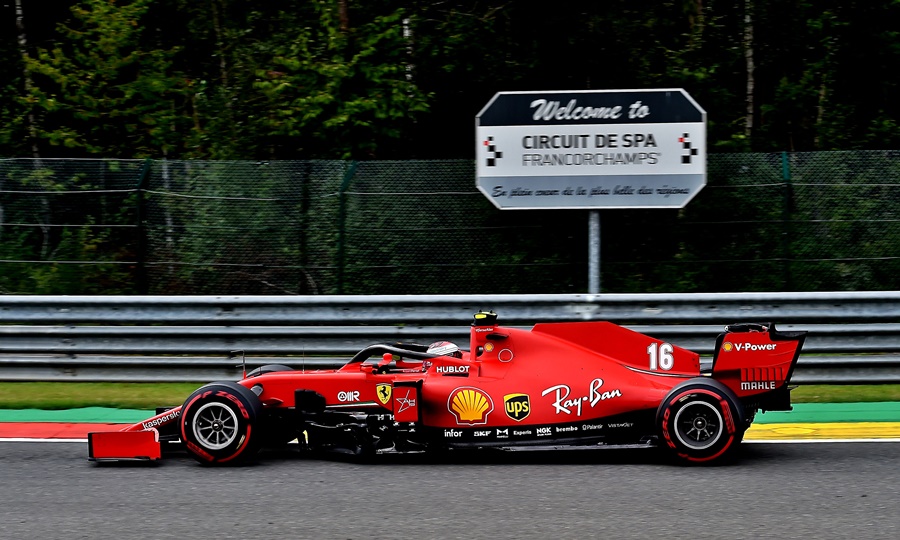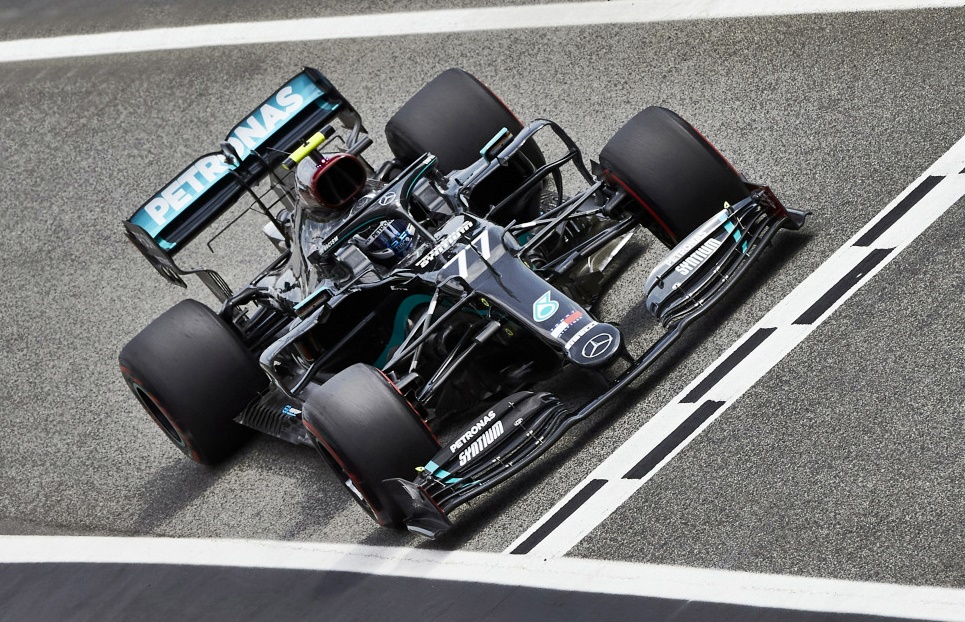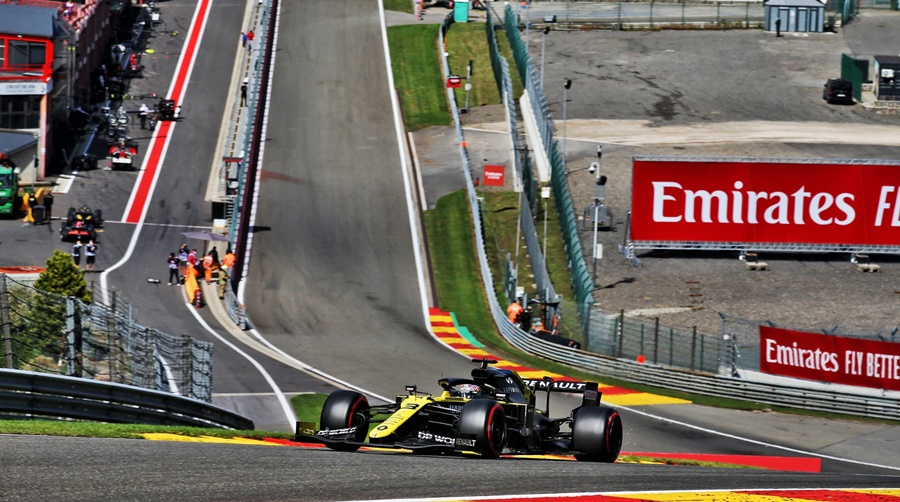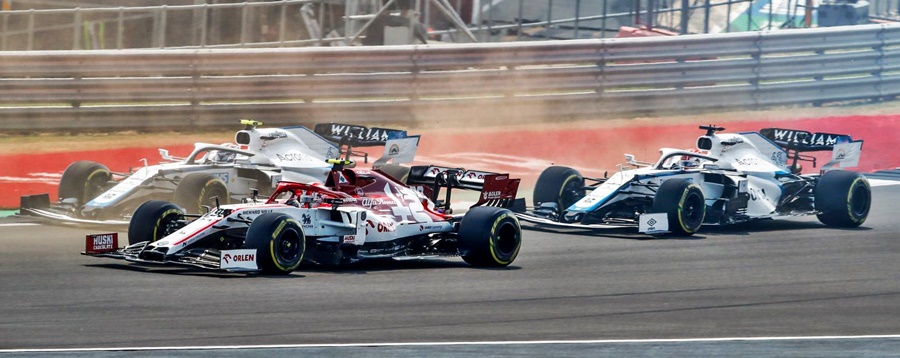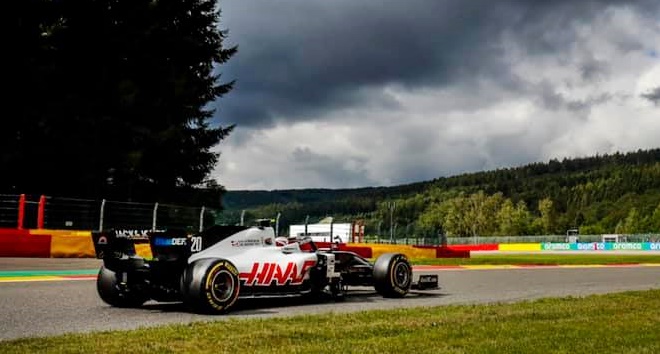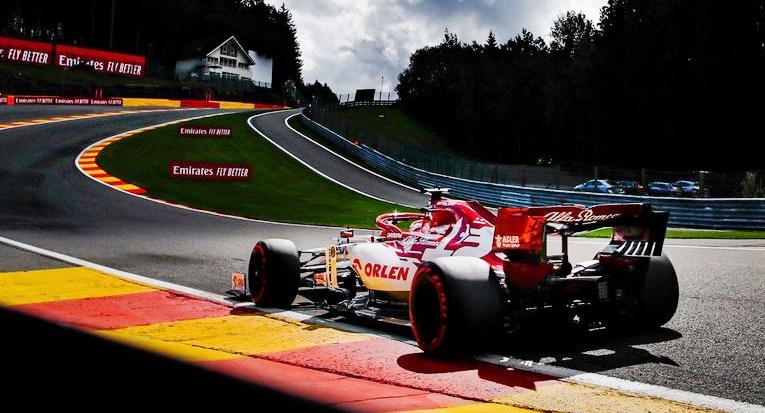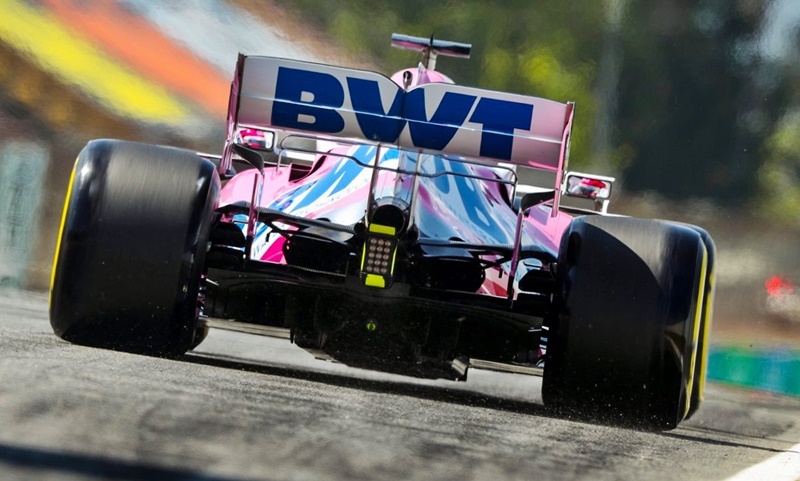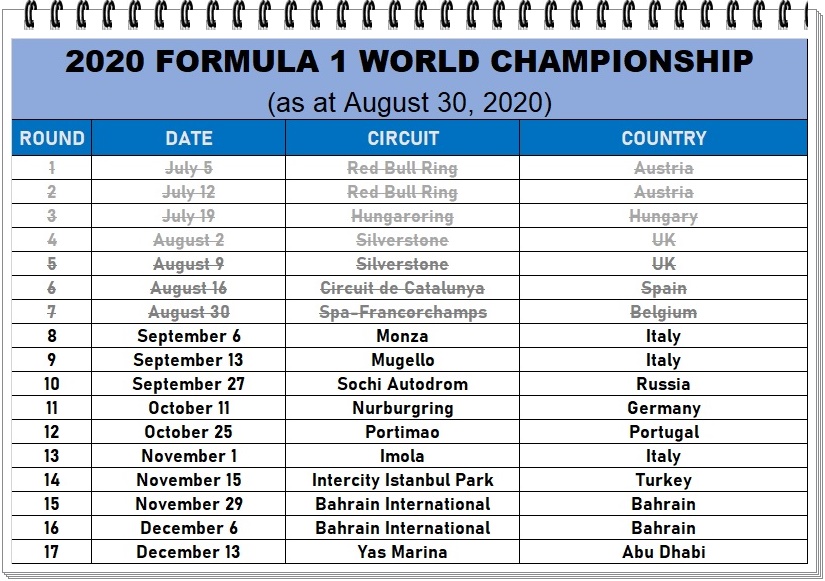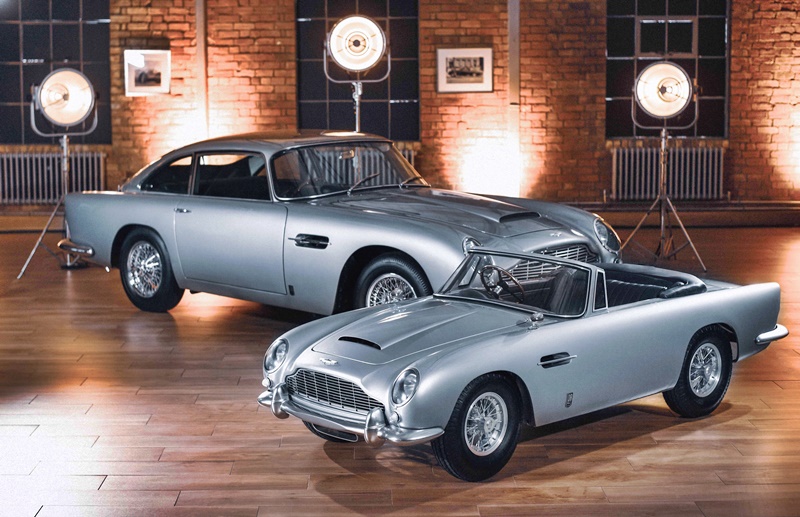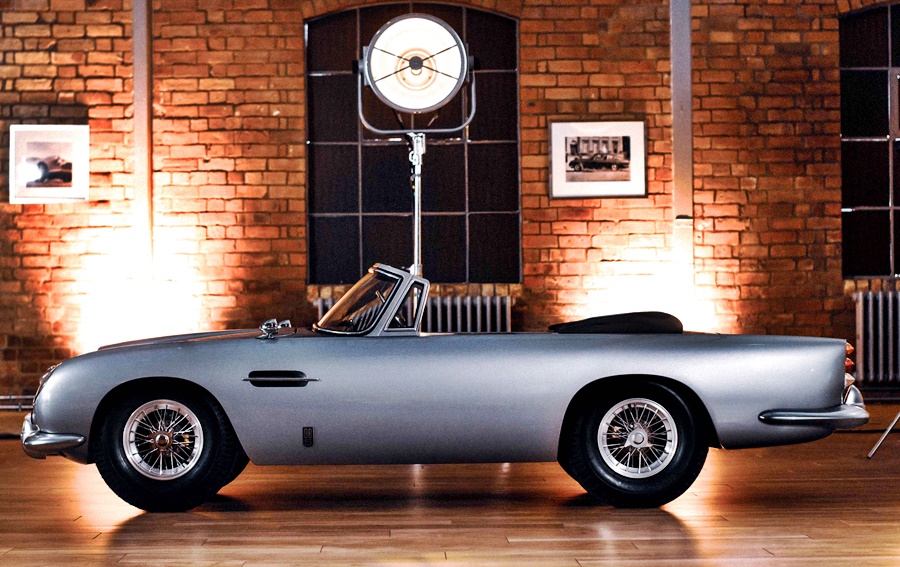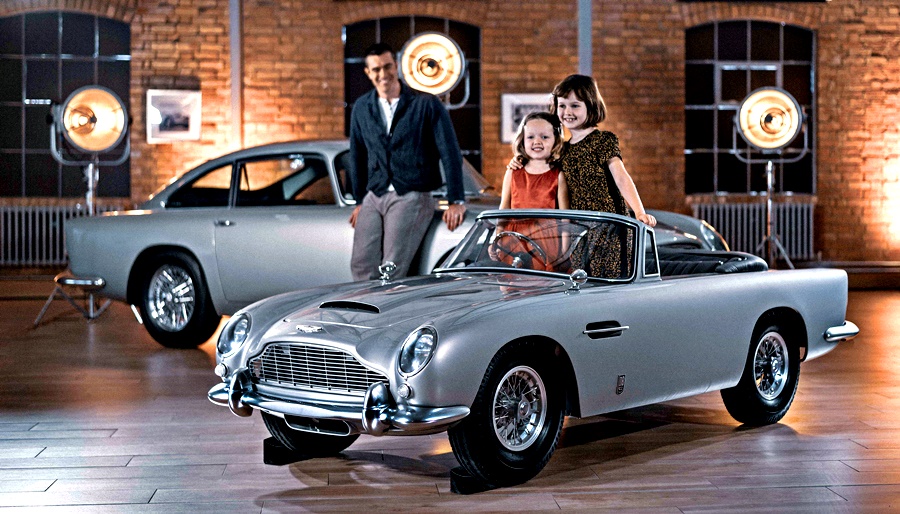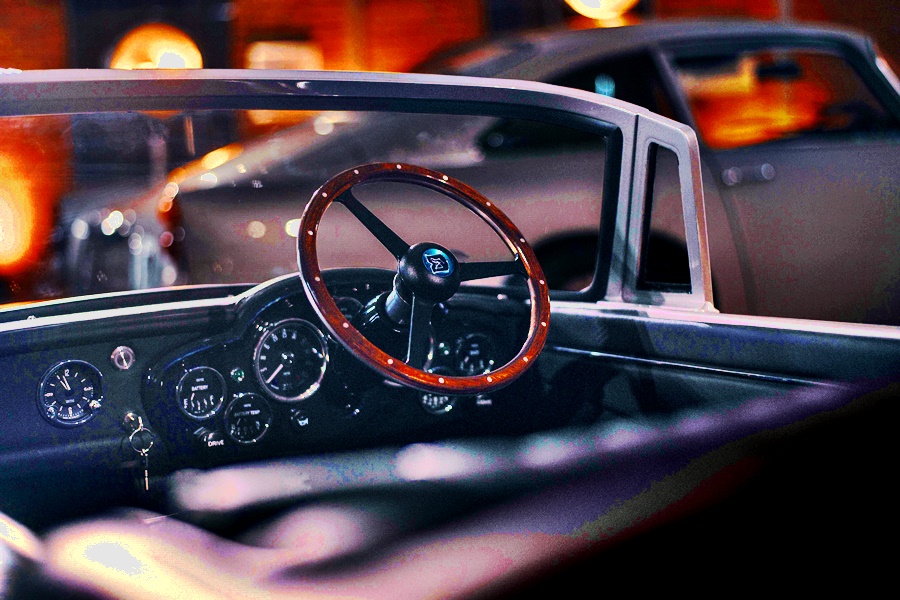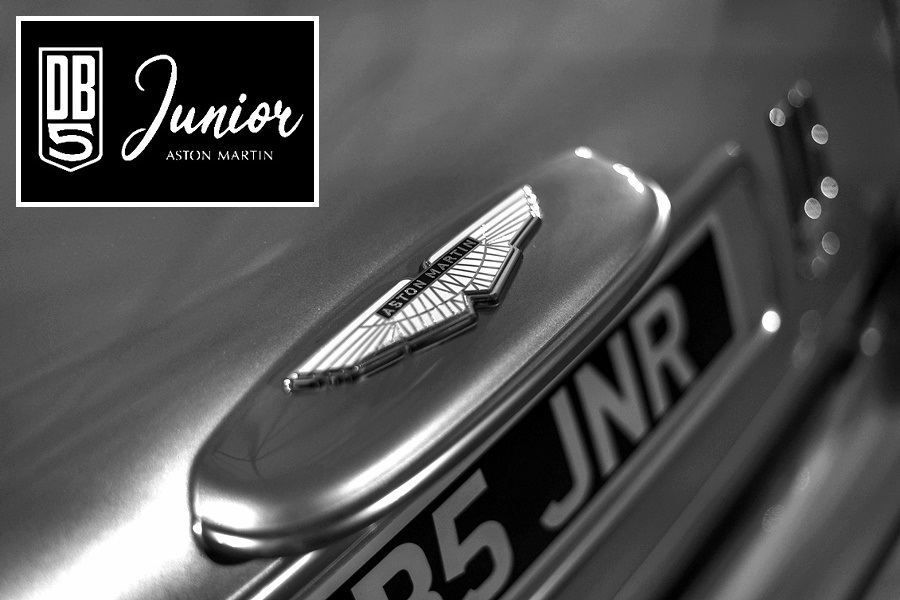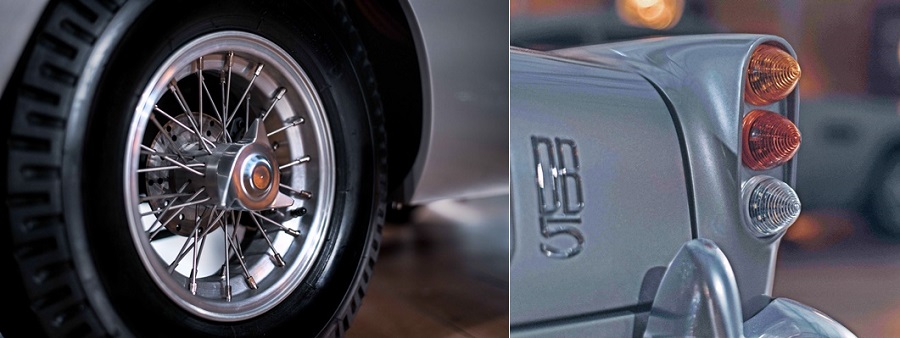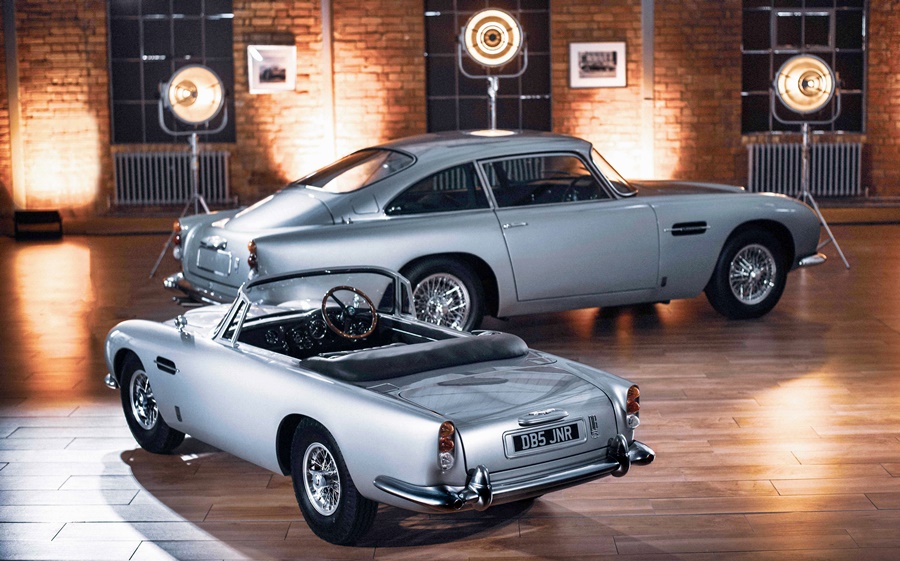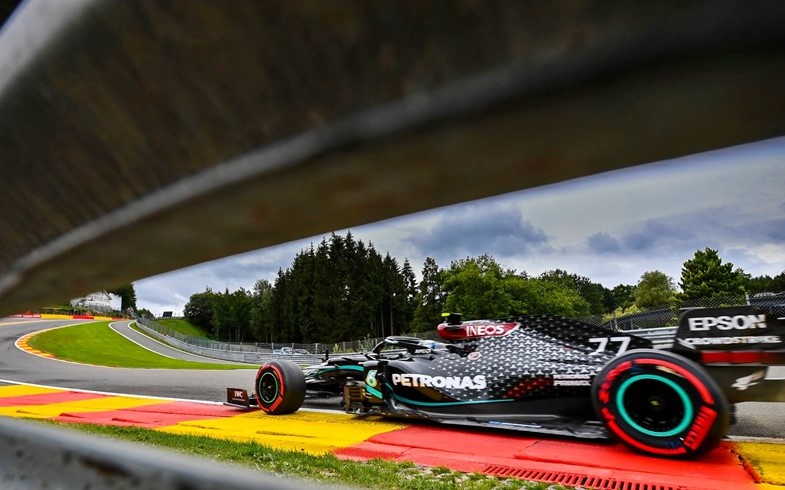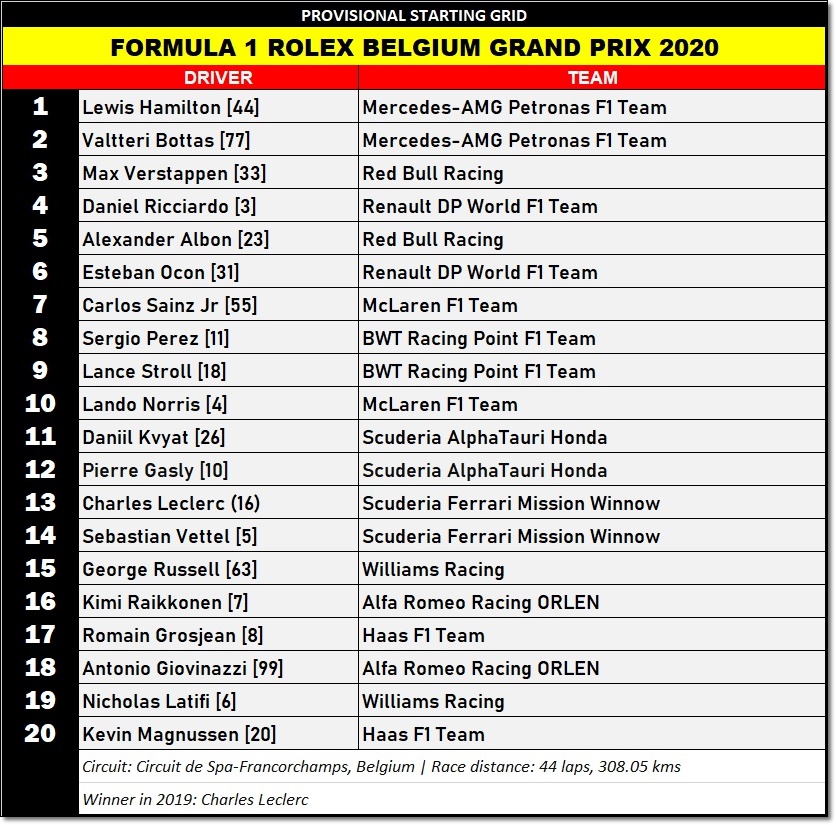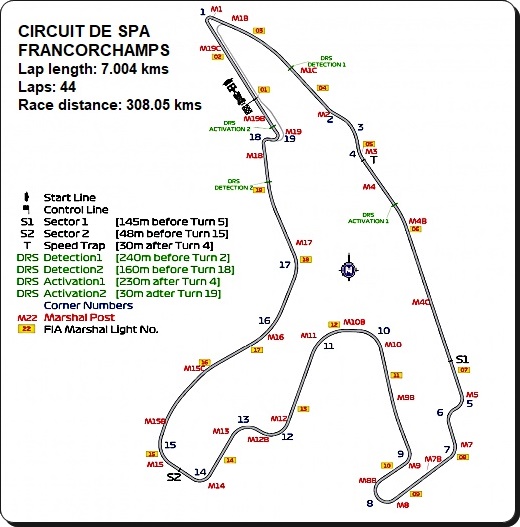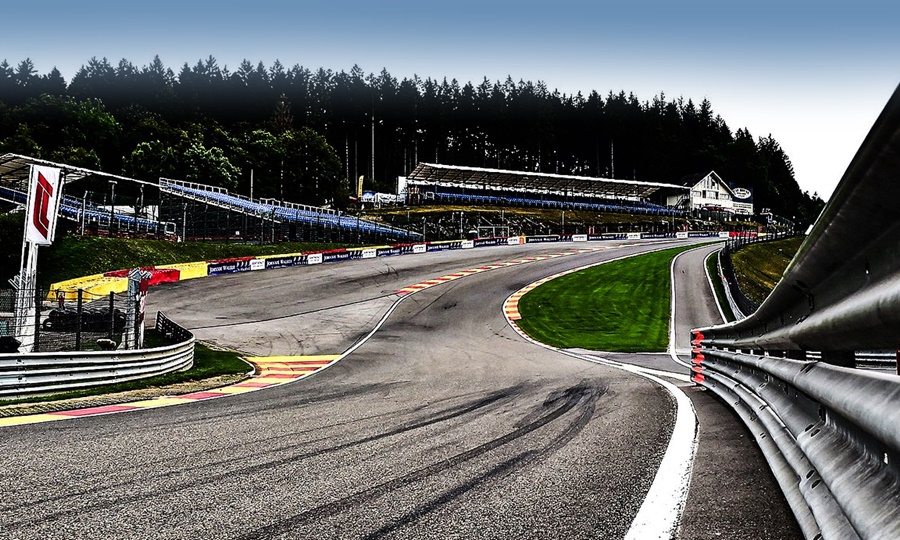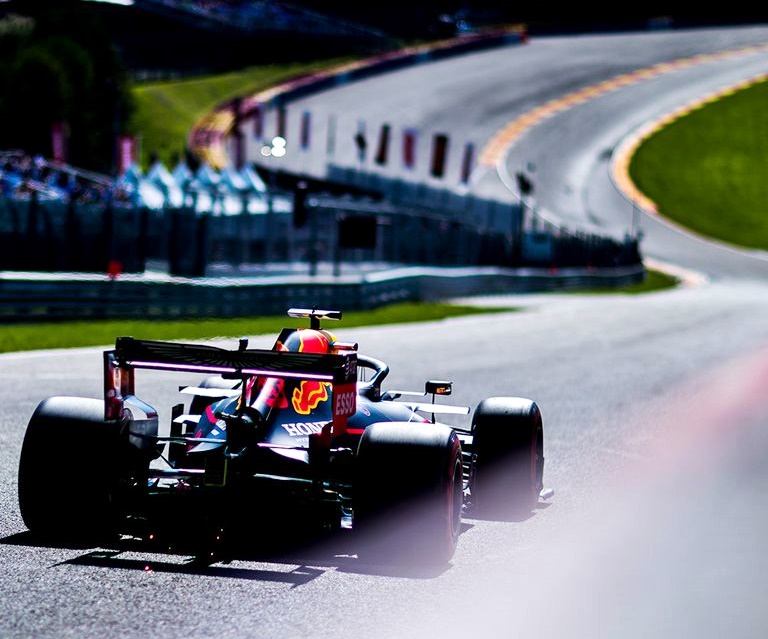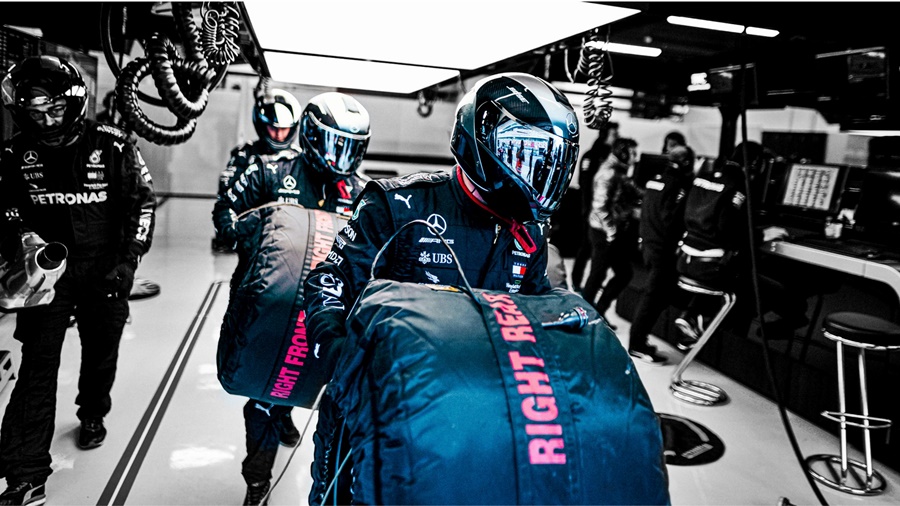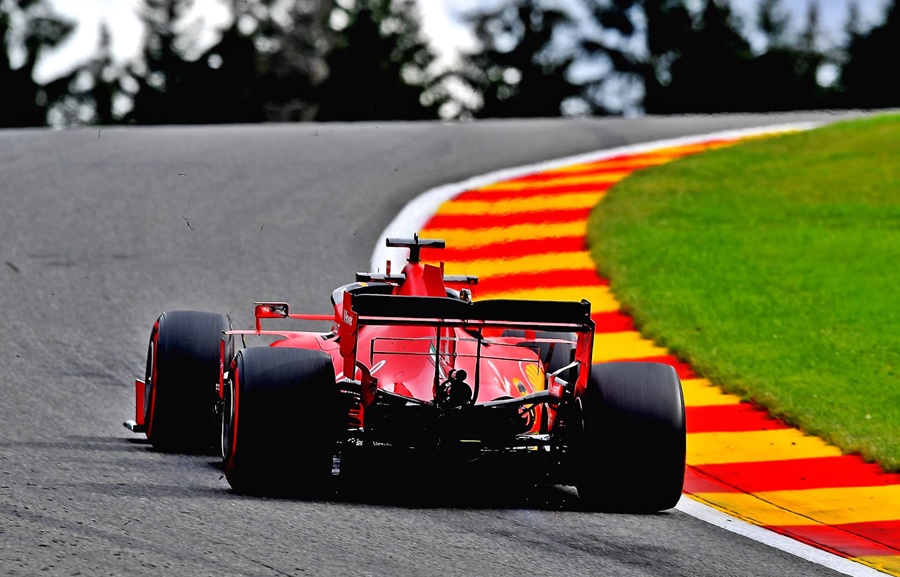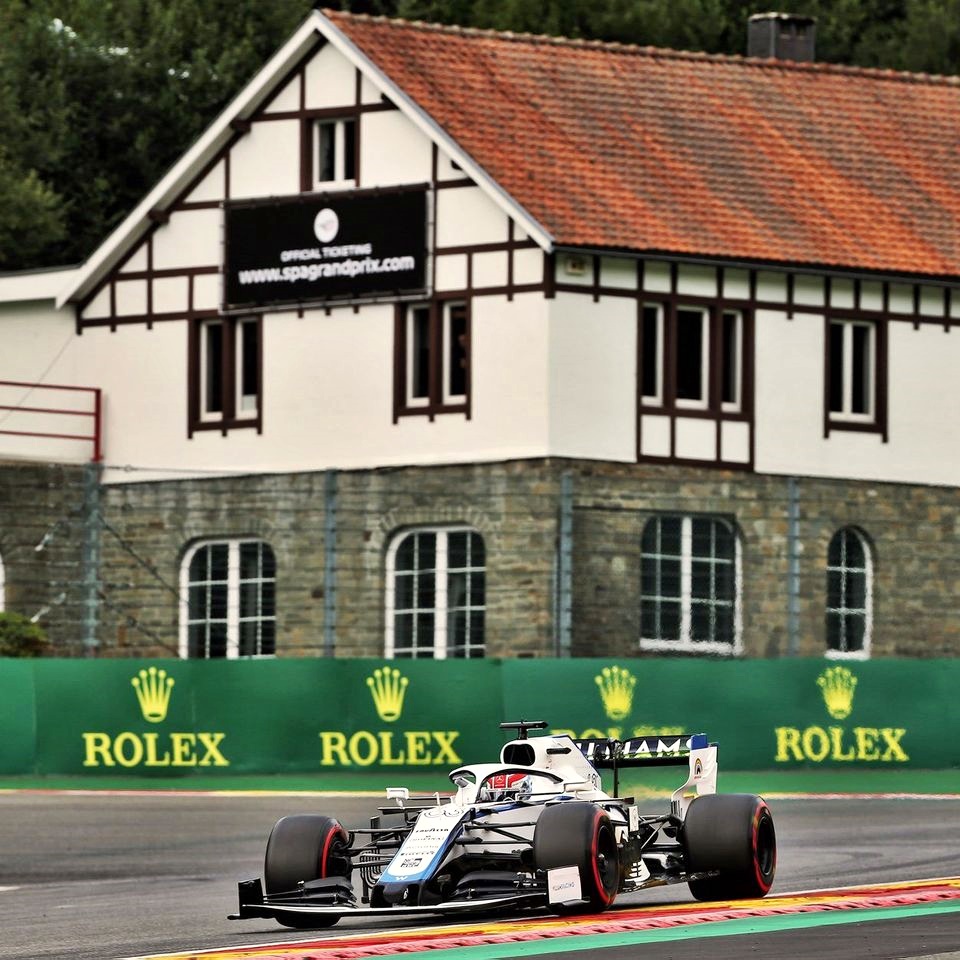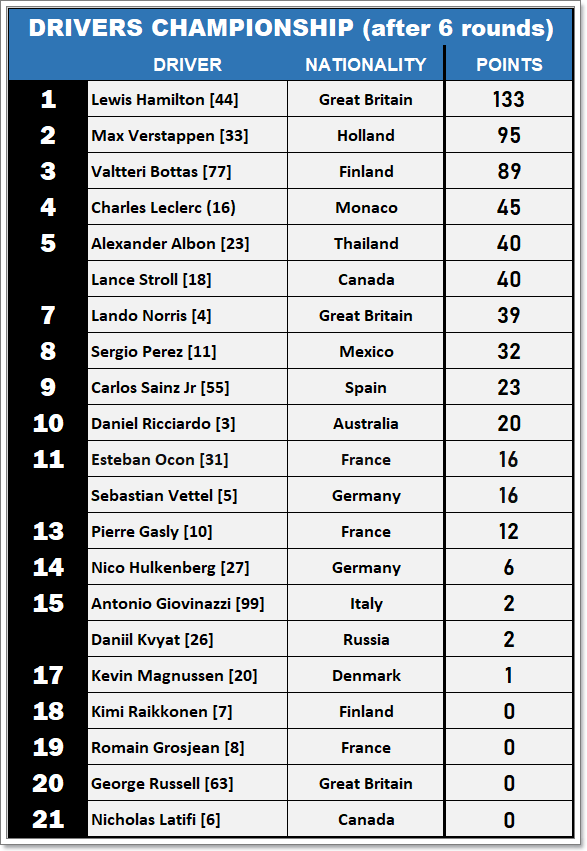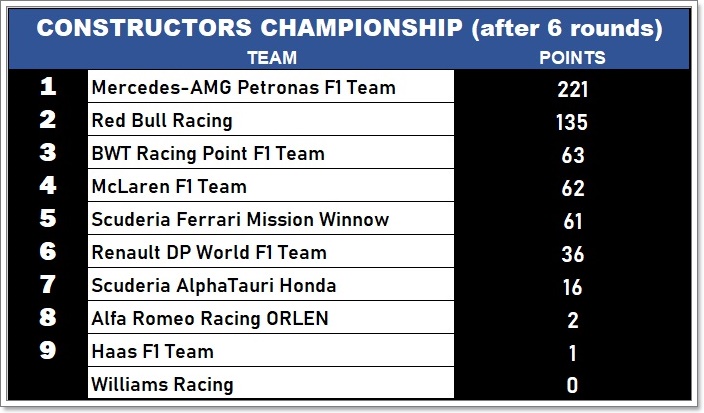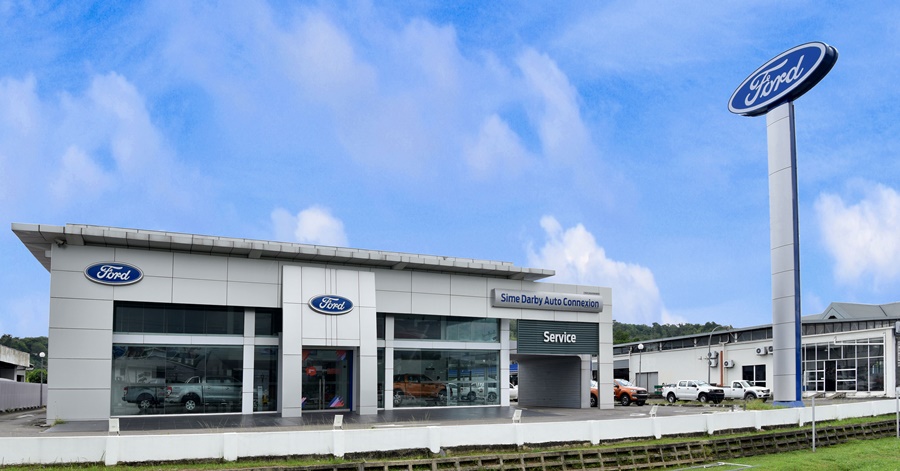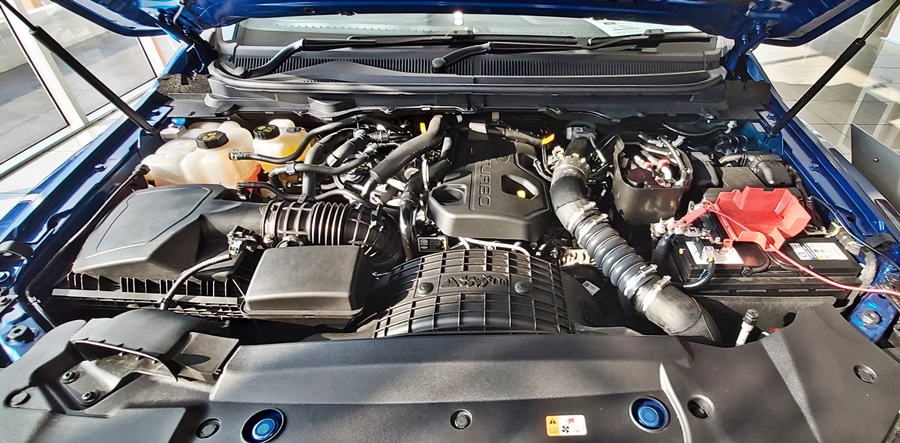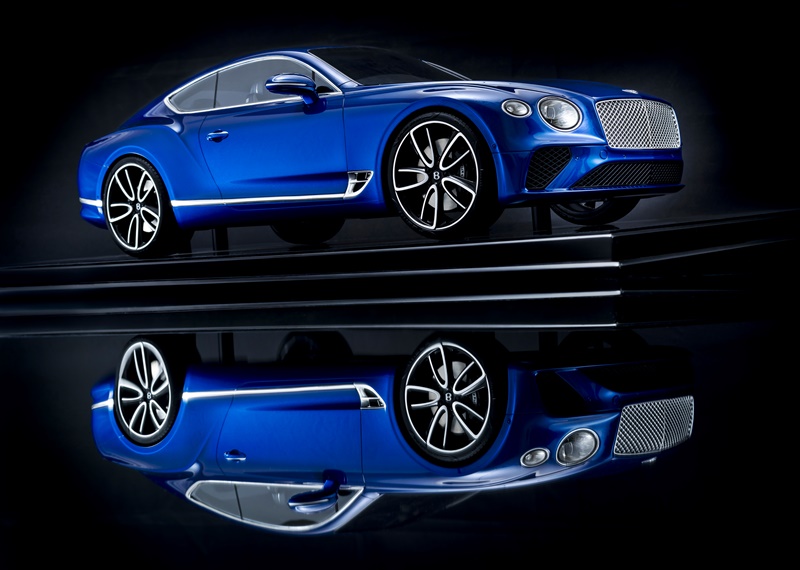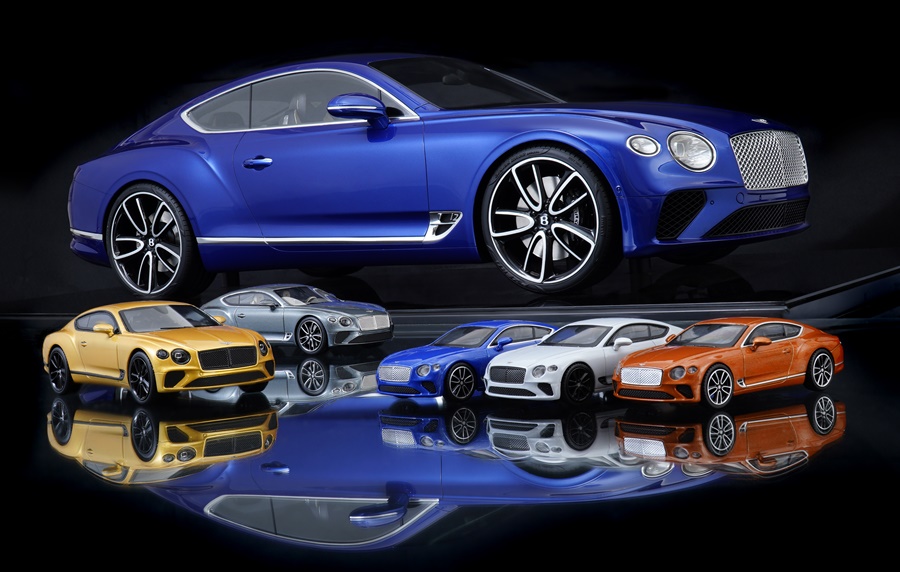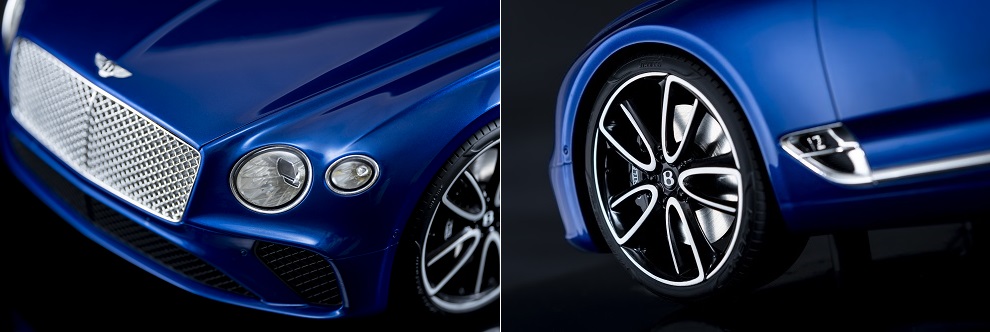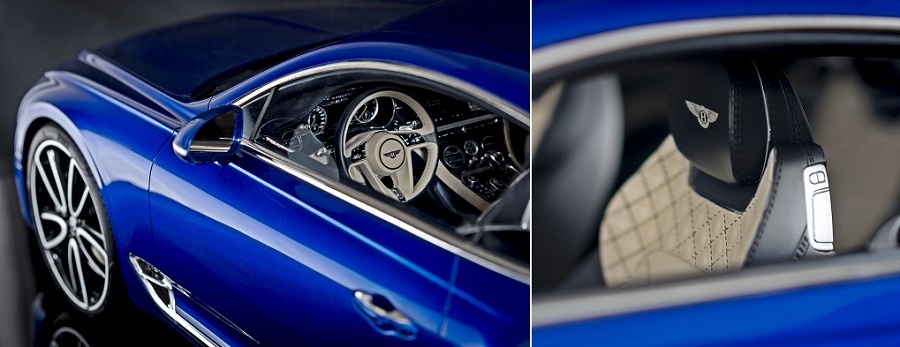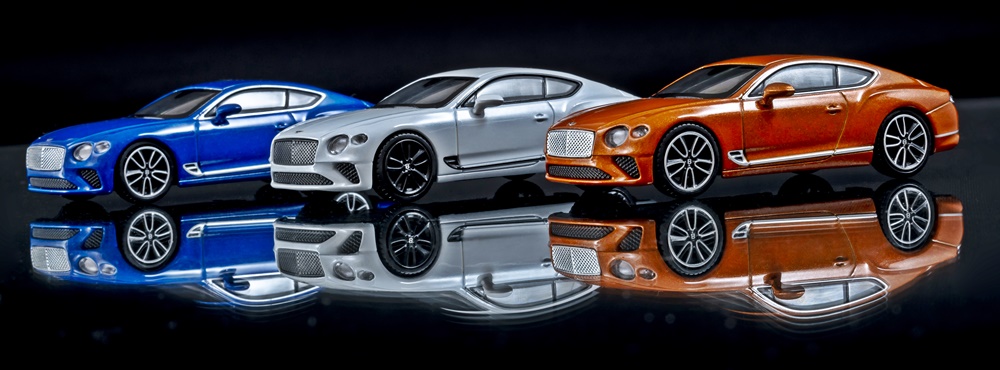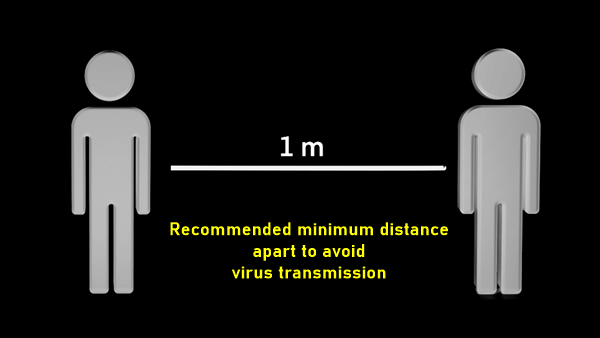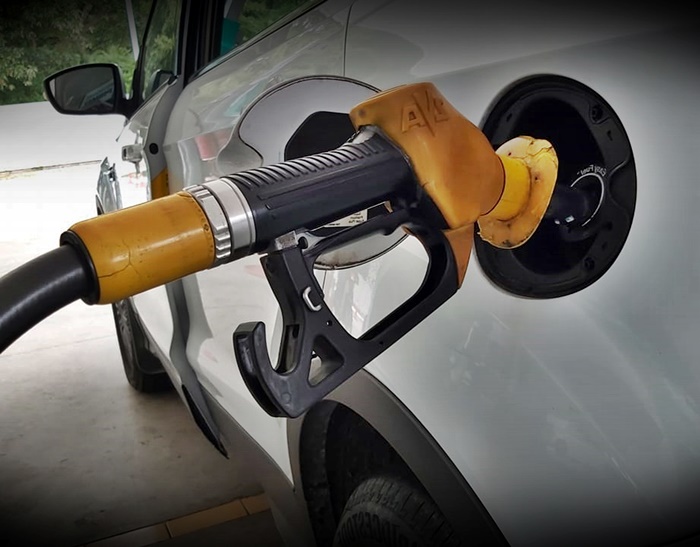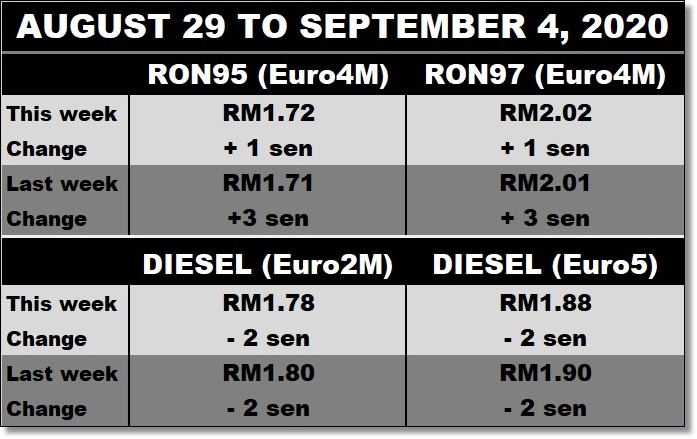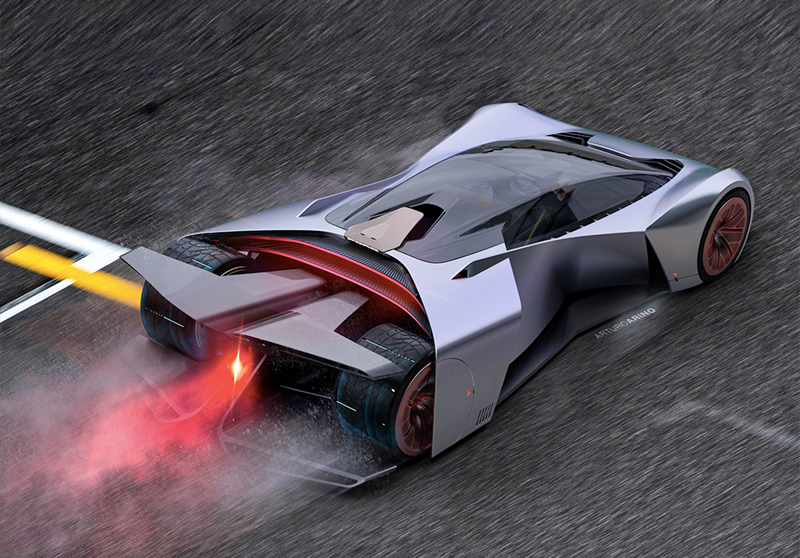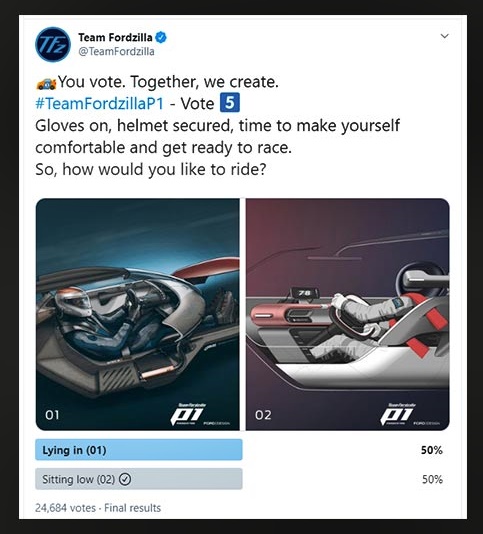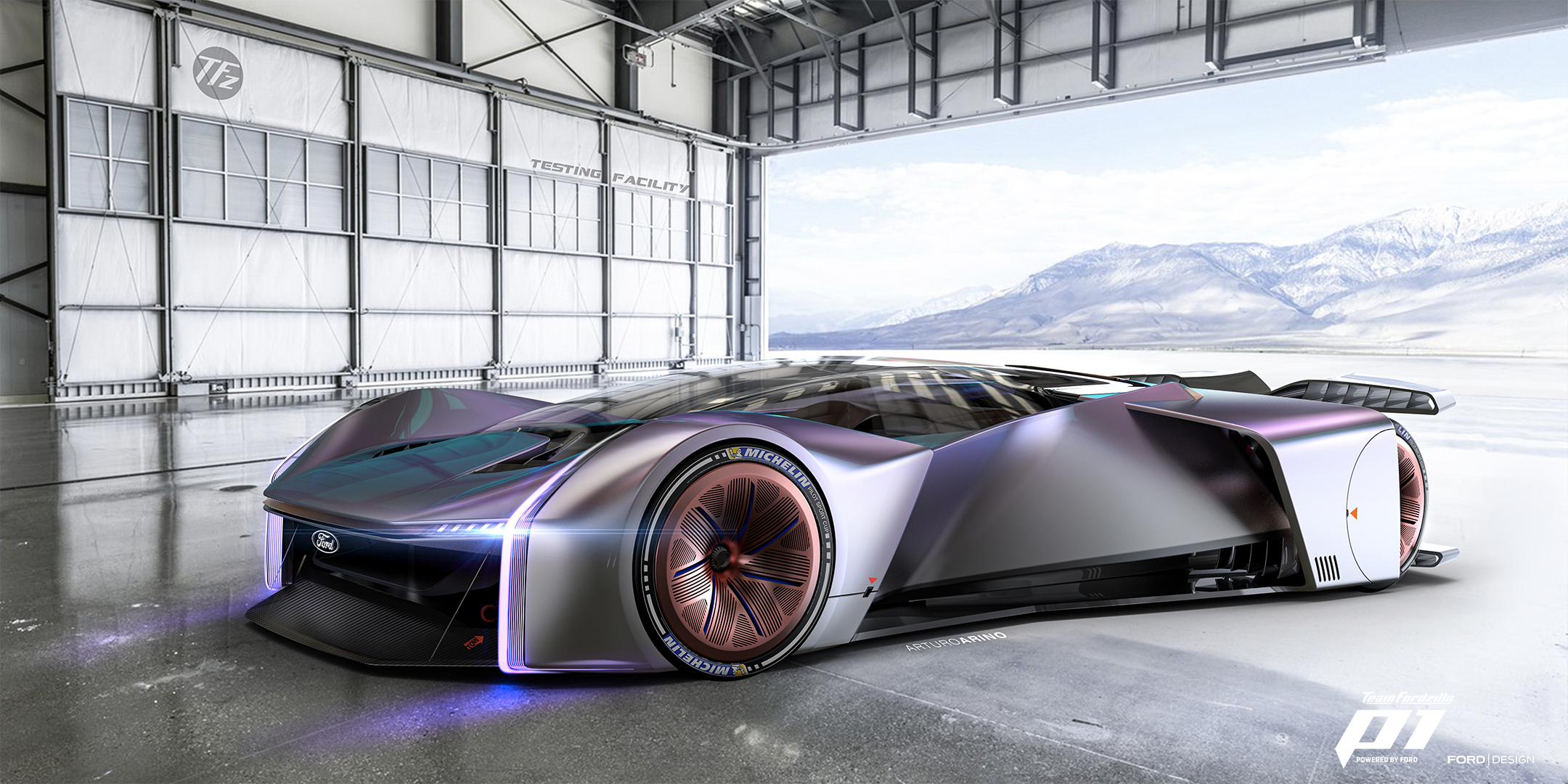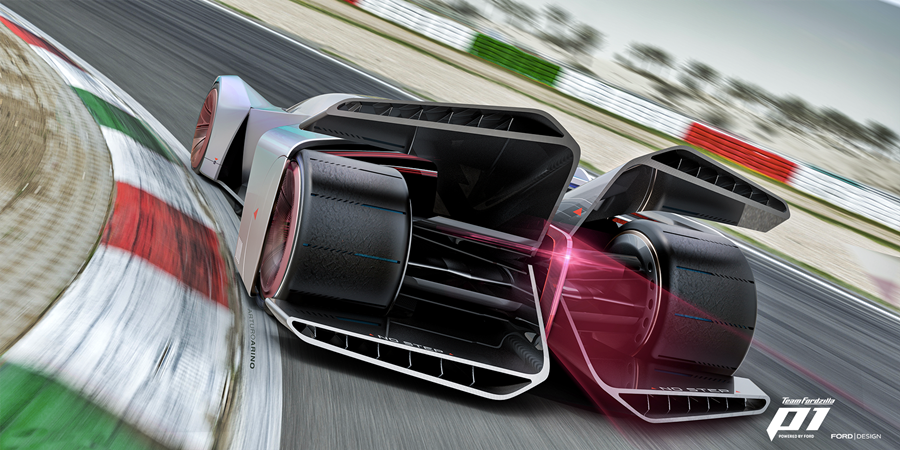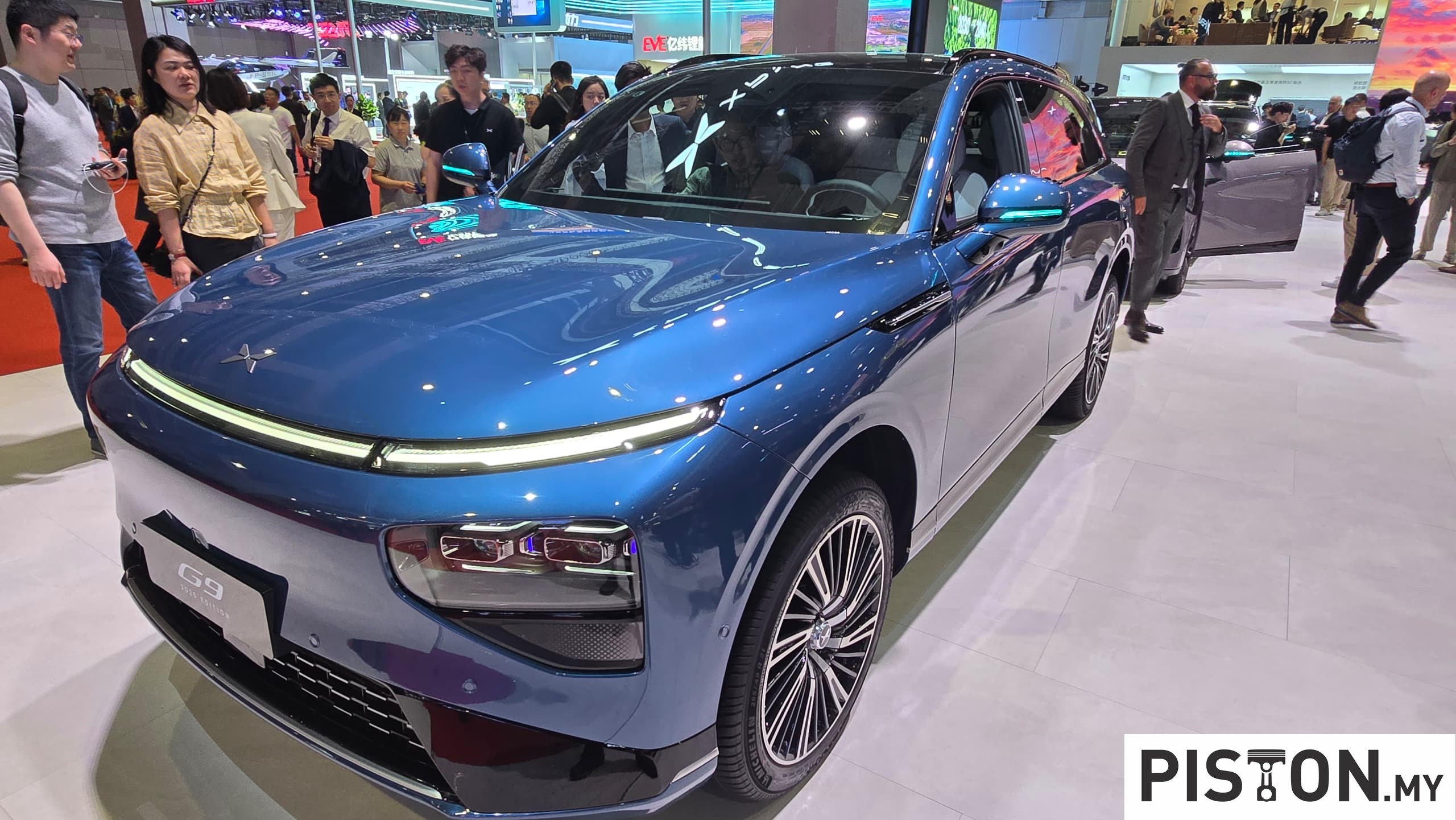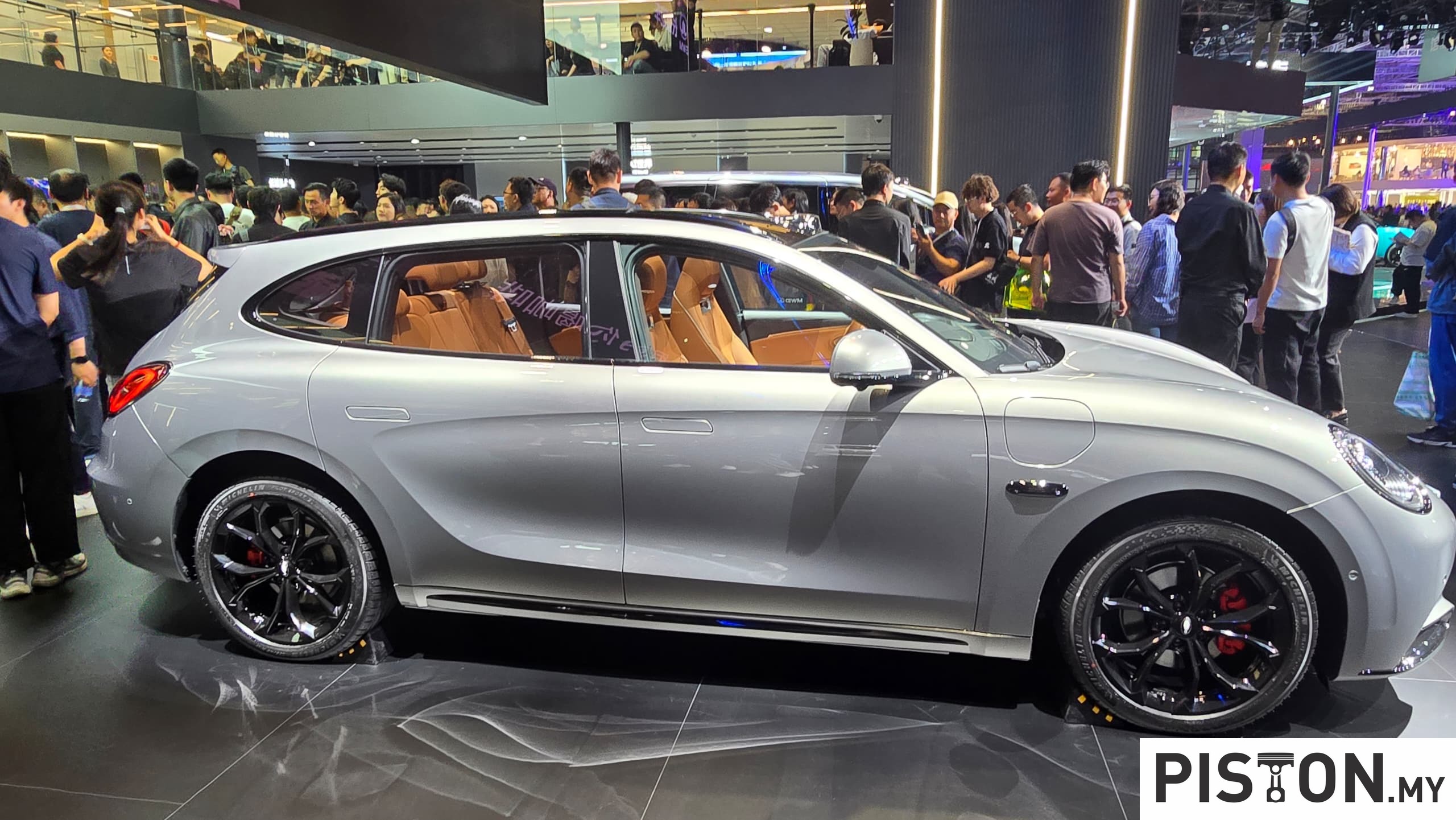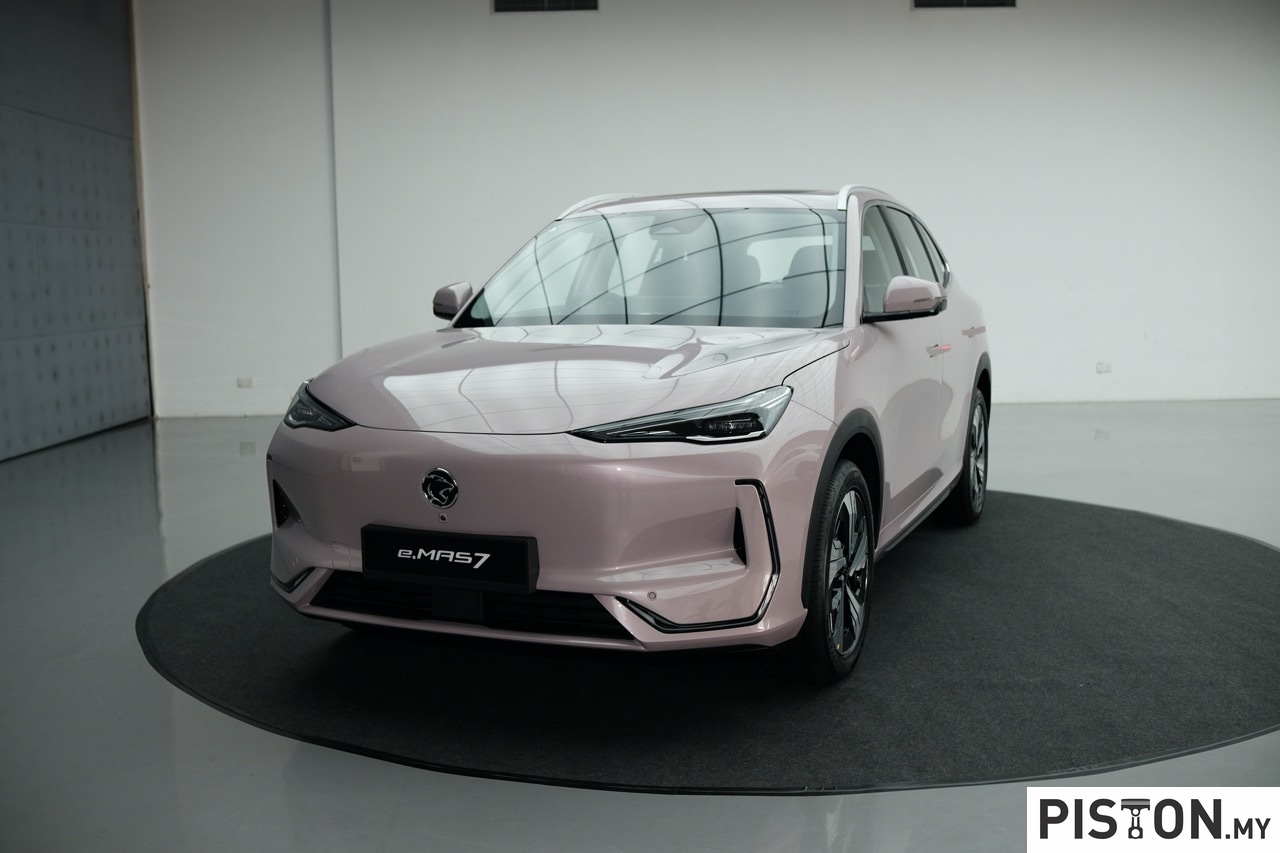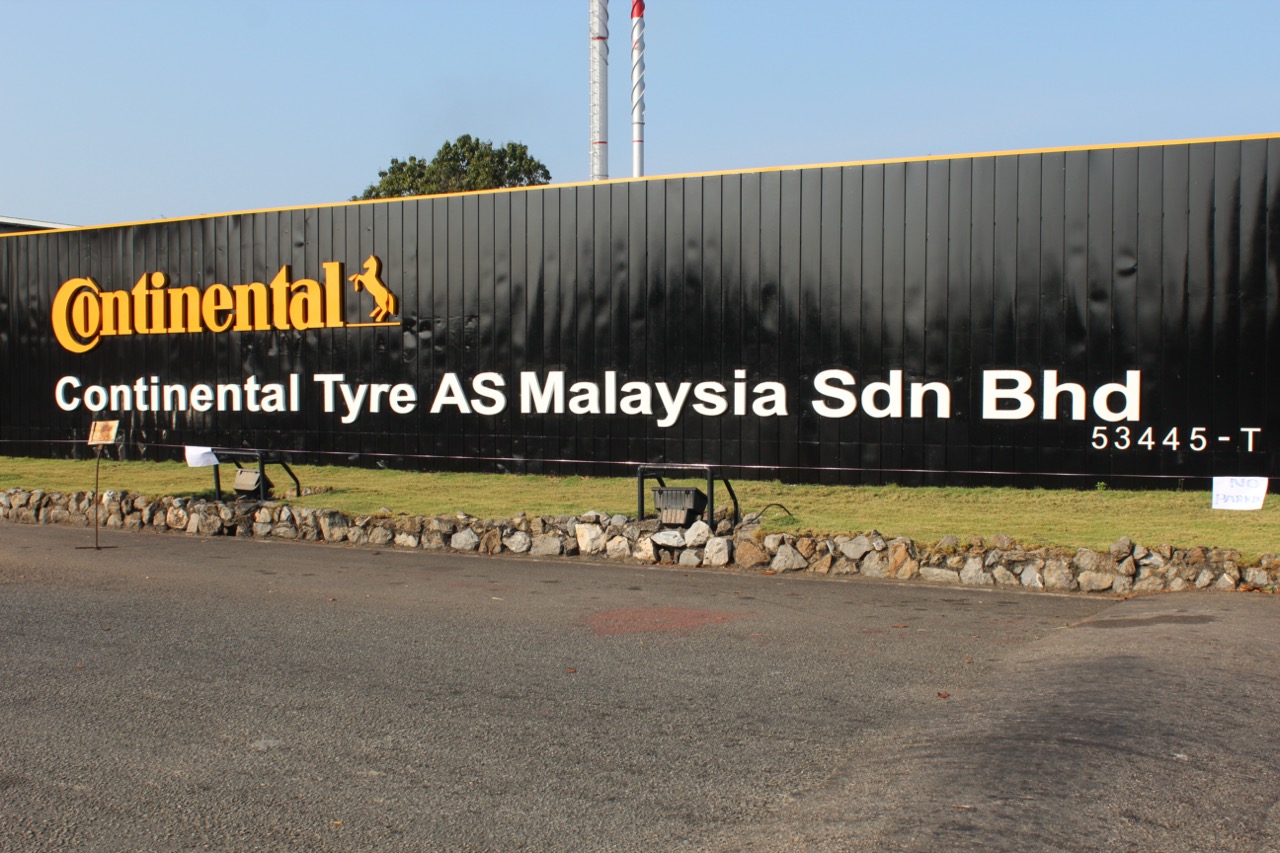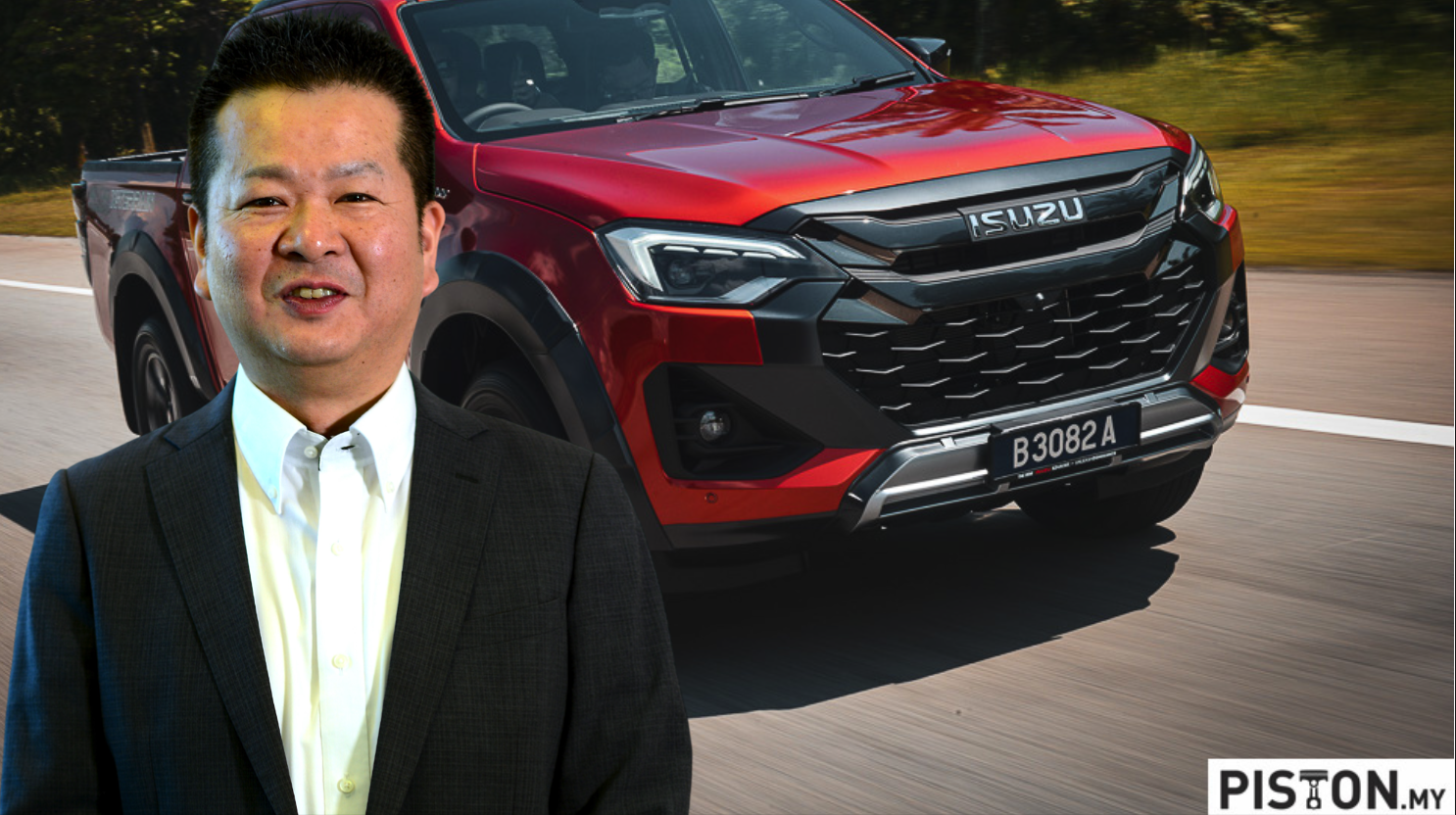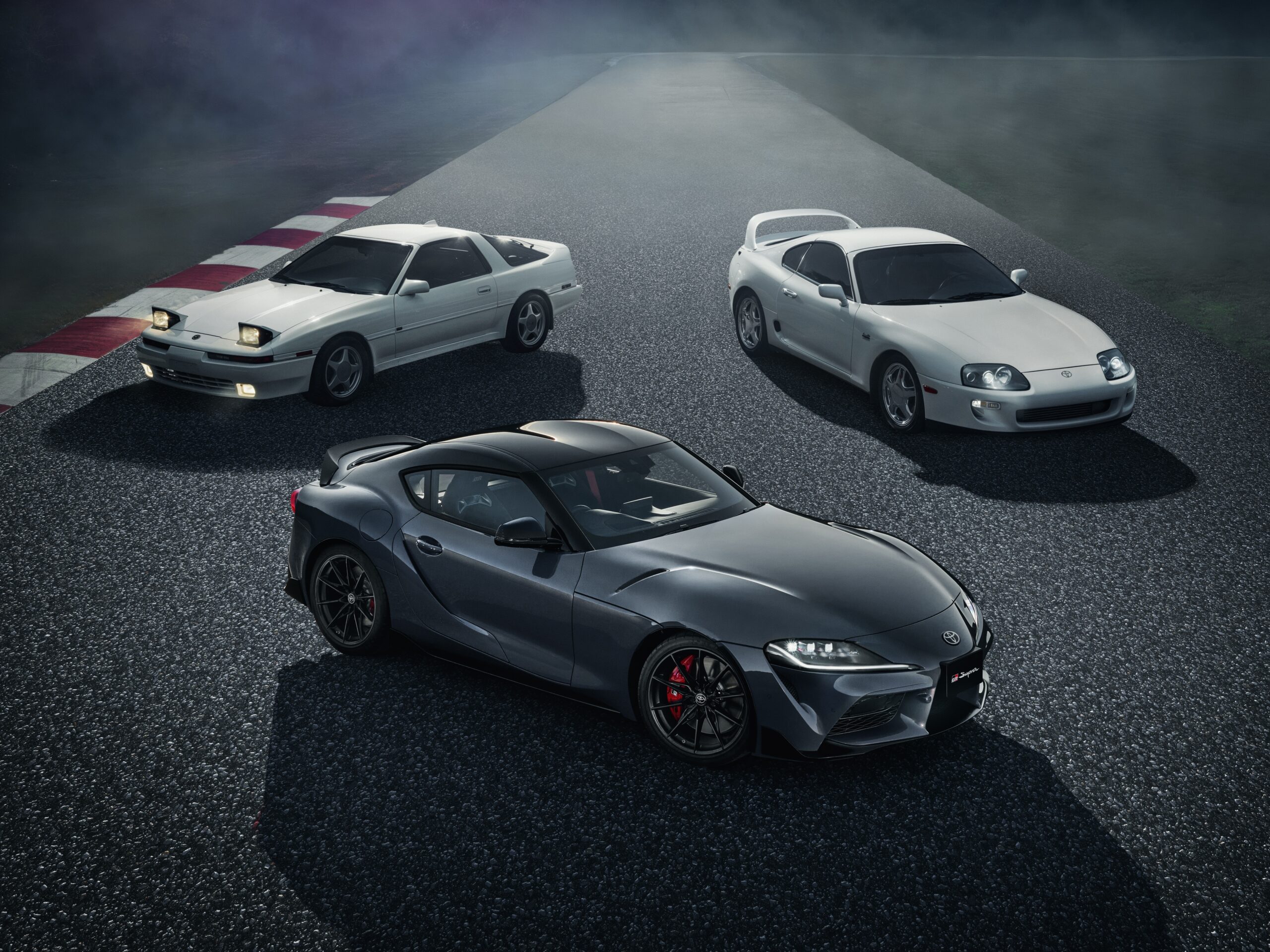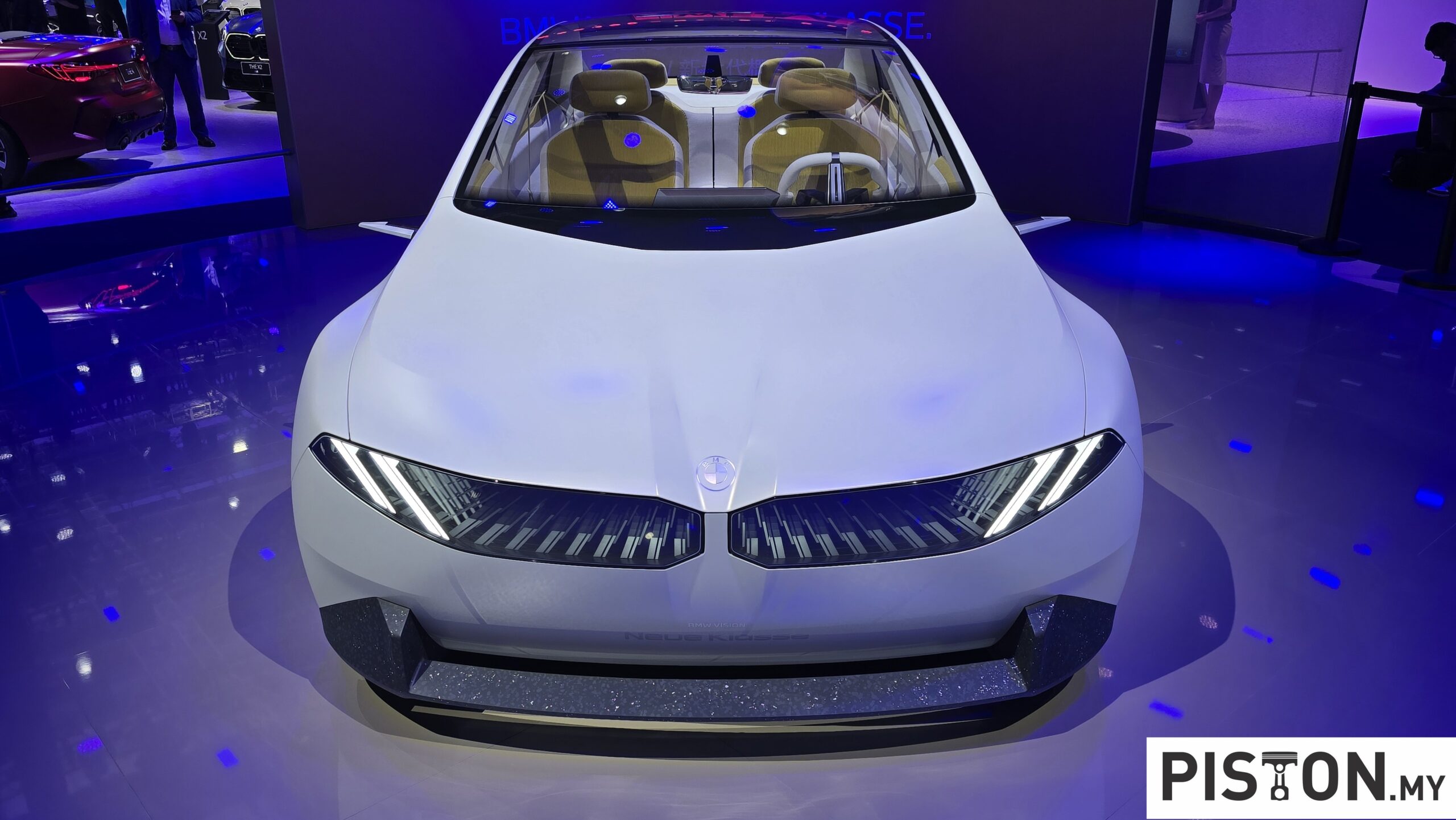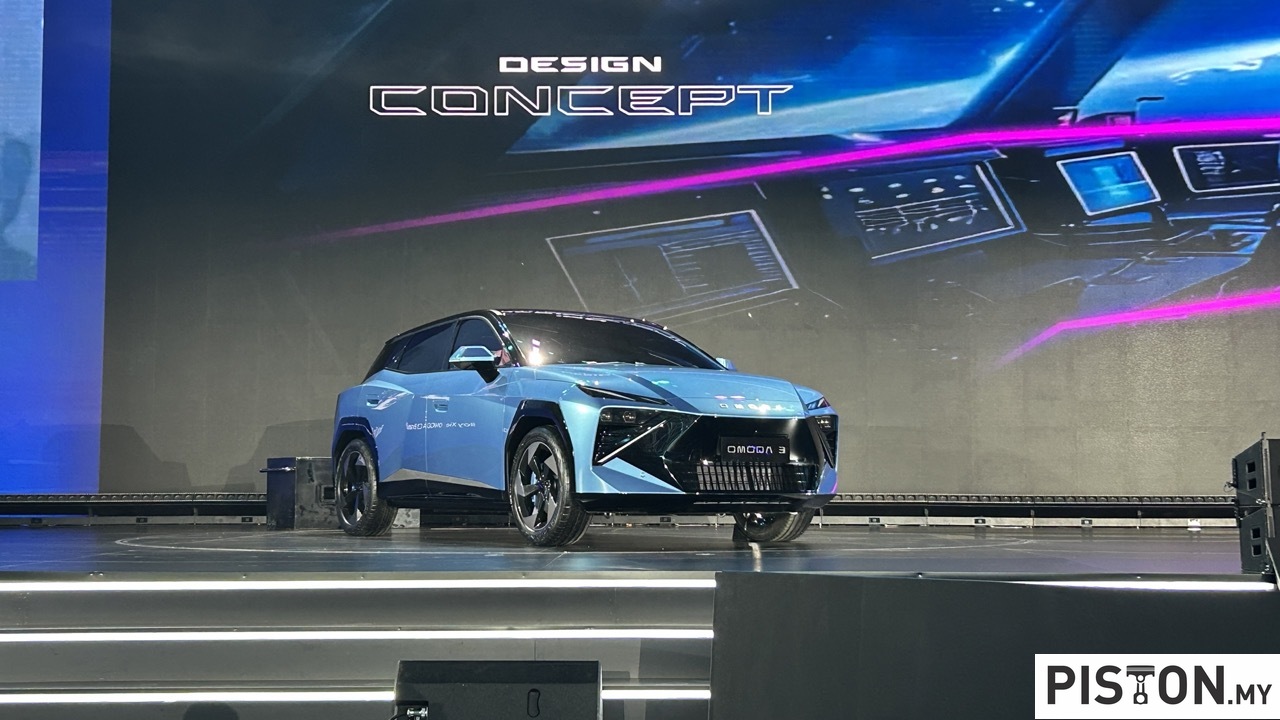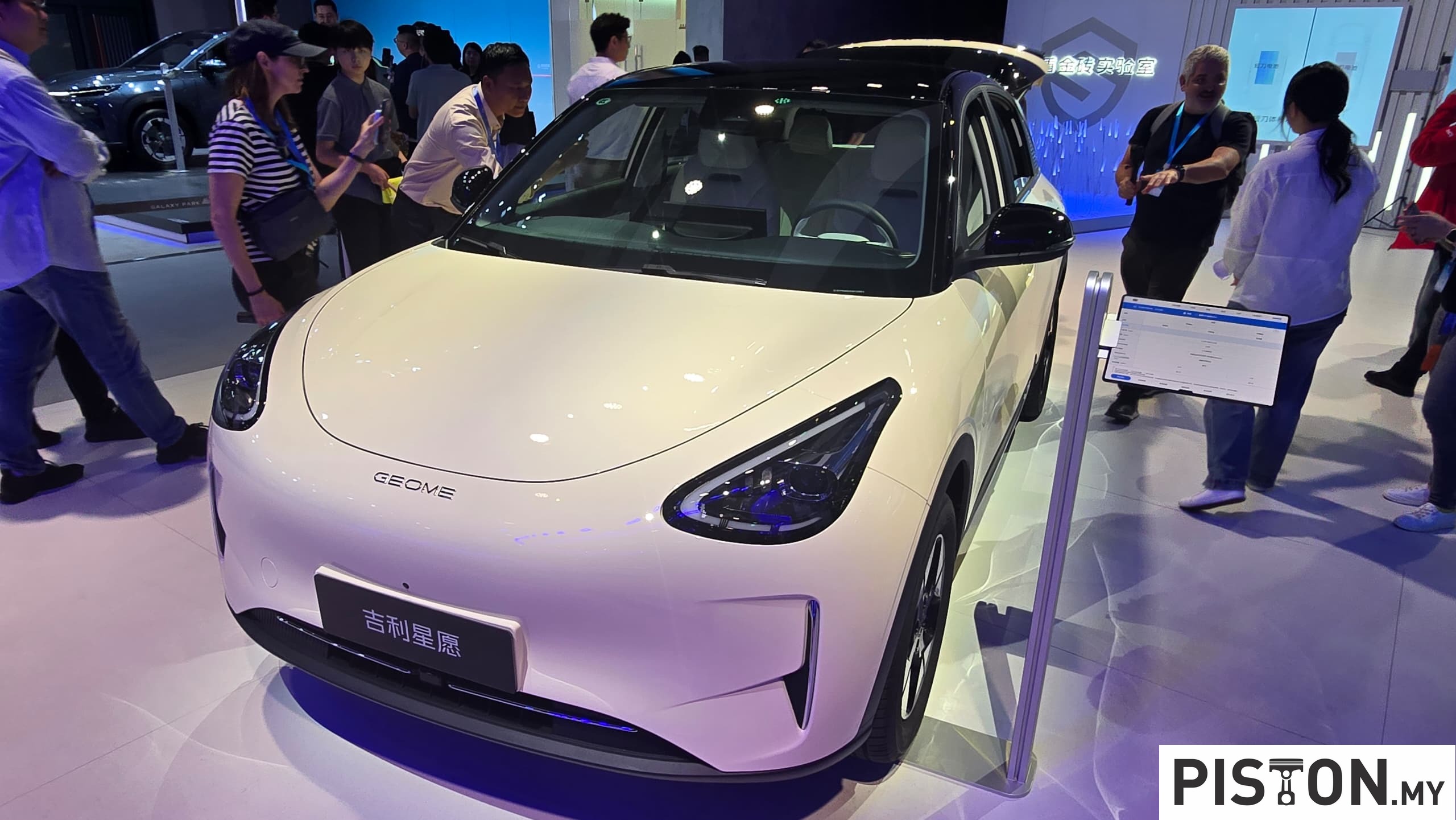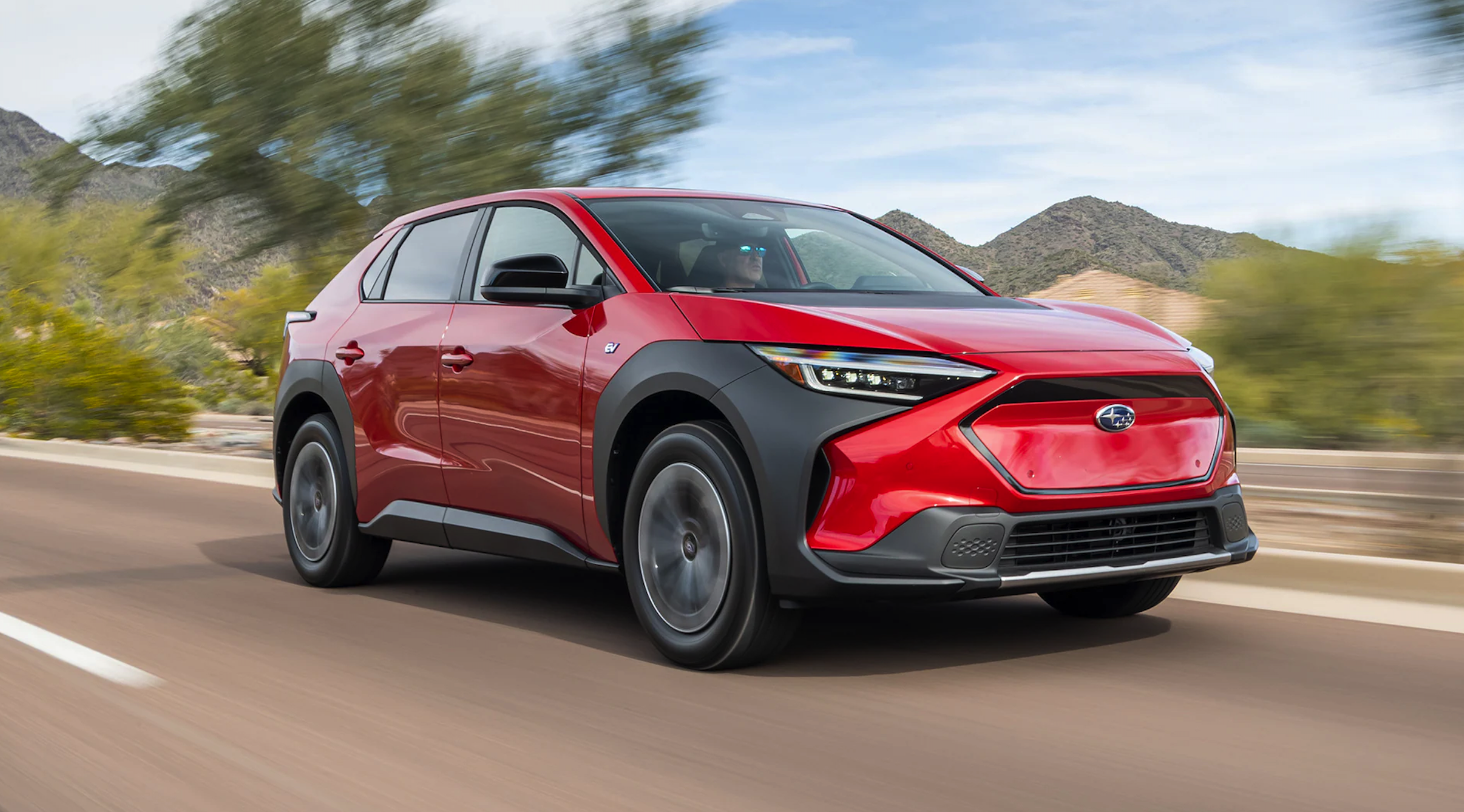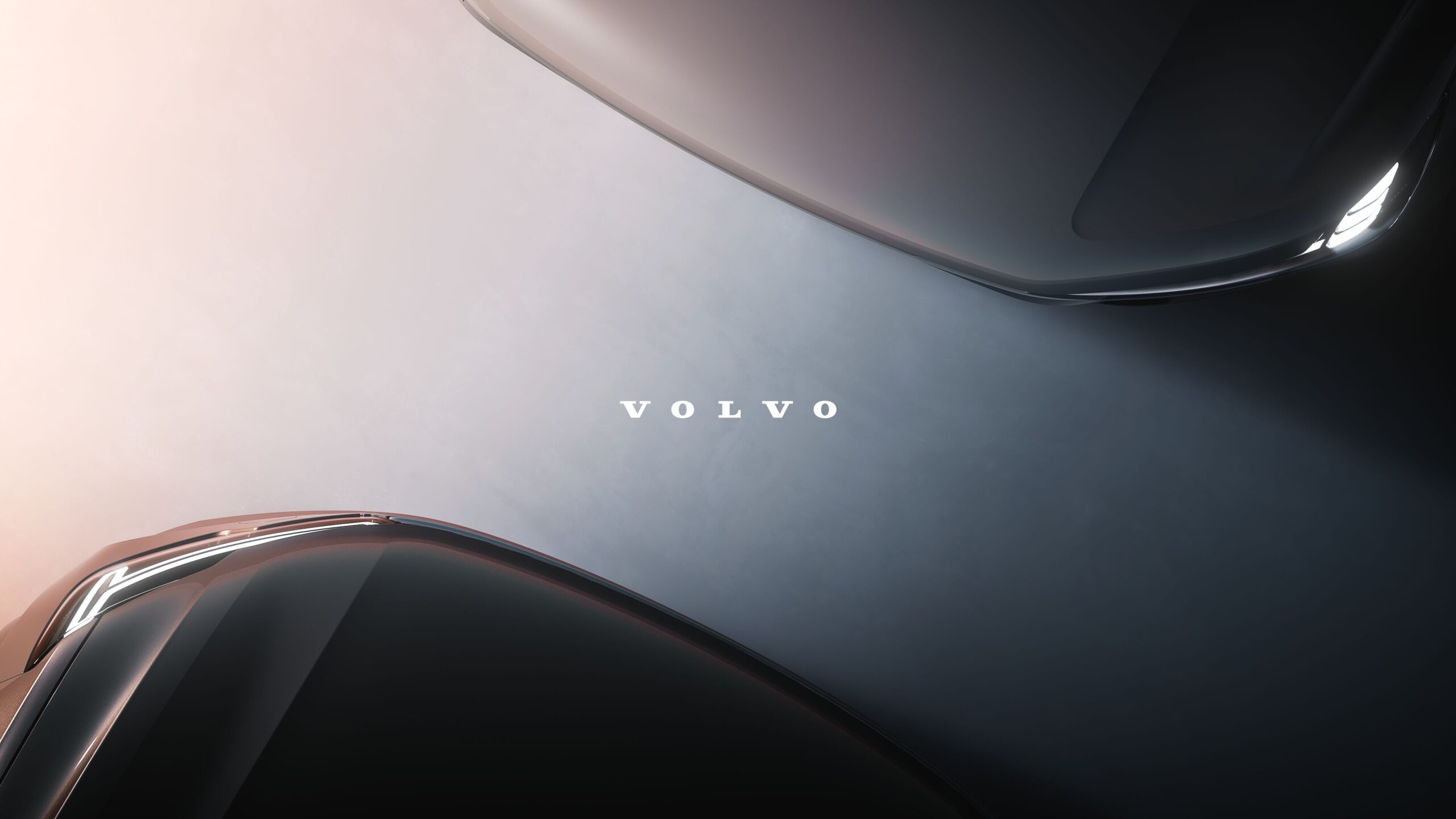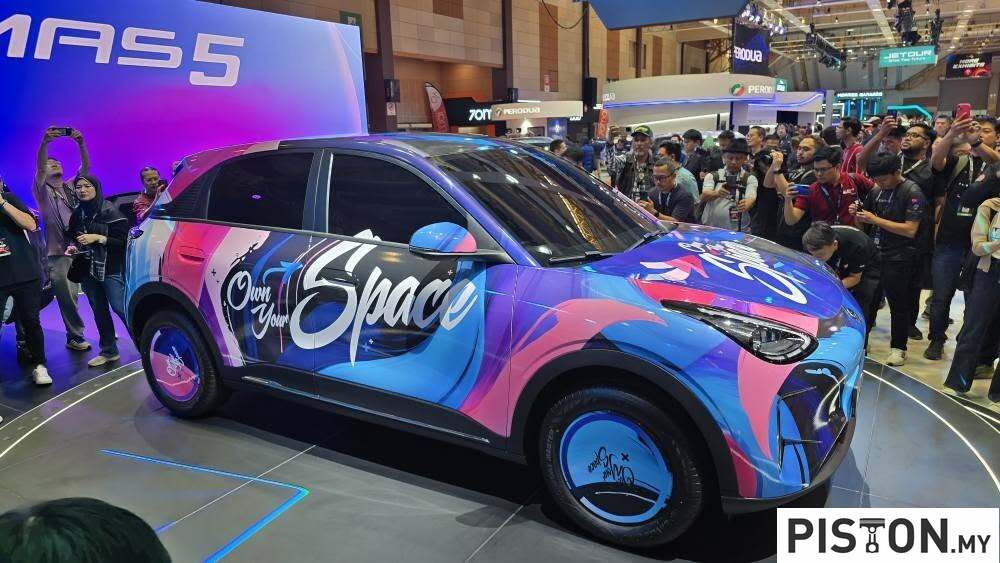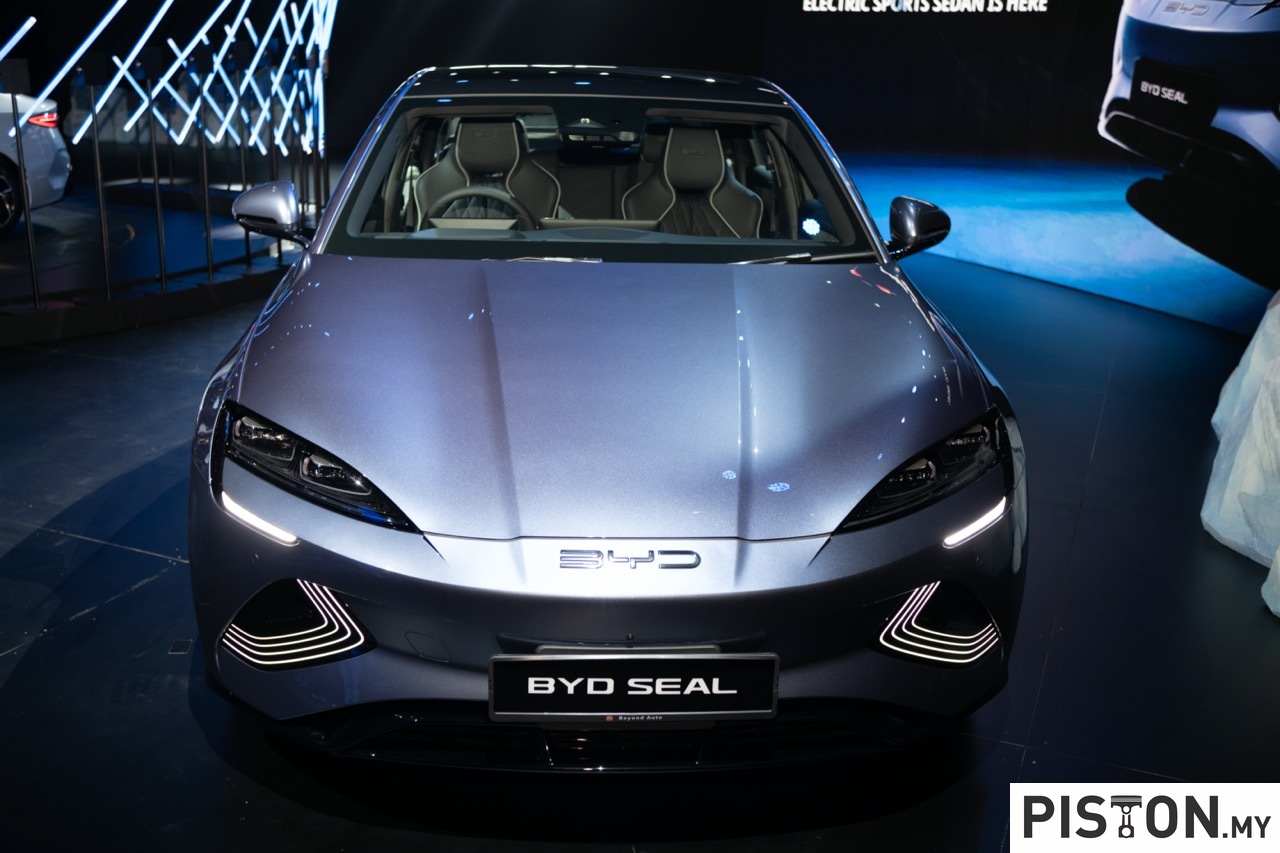BRABUS declares itself to be the world’s largest independent automotive tuner for more than 4 decades and during that time, it has established a reputation for raising the performance levels of Mercedes-Benz models. Its expertise in petrol and diesel internal combustion engines (ICE) is considerable but with the industry moving towards electrification, will the company be able to continue its business of providing performance upgrades?
The answer would be yes and BRABUS is already showing that it can do for electrically-powered cars what it has done for ICE cars. In fact, it already has a Zero Emission Division for some time now and this division began looking at the EQC 400 4MATIC by Mercedes-Benz when it arrived on the market.
It has developed a performance upgrade for the EQC’s electric powertrain and delivers even more agile driving dynamics. Known as the E-PowerXtra performance upgrade, output goes up by another 10 kW to 310 KW (416 bhp) and peak torque is raised to 830 Nm from 760 Nm. As a result, the 5-door SUV can zip from standstill to 100 km/h within a claimed 4.9 seconds. The top speed remains limited to 180 km/h.
The upgrade is designed to become active when the driver selects drive mode ‘S’ with the standard DYNAMIC SELECT switch. When drive mode ‘E’ is active, , the PowerXtra ELECTRIC upgrade offers ‘one pedal driving’, a feature often requested by drivers of electric vehicles. The SUV decelerates sharply when the driver just lifts off the accelerator pedal. This requires far less frequent use of the brakes in normal traffic and further increases the energy recovery rate.
While the aerodynamic-enhancement kit with the exception of the already available rear spoiler is still under development, the appearance can already be upgraded with tailor-made BRABUS Monoblock Z alloy wheels with diameters of 20 or 21 inches. The eCrossover can be refined with two variants of the sporty and elegant 10-spoke design available for this model.
The BRABUS Monoblock Z PLATINUM EDITION wheels with 21-inch diameter are even more exclusive. The product of a high-tech forging process, these rims offer a combination of lightweight construction and maximum strength. The front axle runs on size 9Jx21 wheels with 255/40R21 ContiSportContact tyres of size. The rear fender wells accommodate forged 10.5Jx21 rims with tyres sized at 285/35R21.
As for all Mercedes-Benz models, BRABUS offers a host of custom refinement options for the interior of the EQC 400 4MATIC that include an exclusive fine leather interior crafted by the company’s own upholstery shop.
BRABUS offers exclusive options for the interior that create numerous possibilities for the customer. The line-up ranges from aluminium pedals and door-lock pins to scuff plates with backlit BRABUS logo in changing colours and a complete redesign of the cockpit.
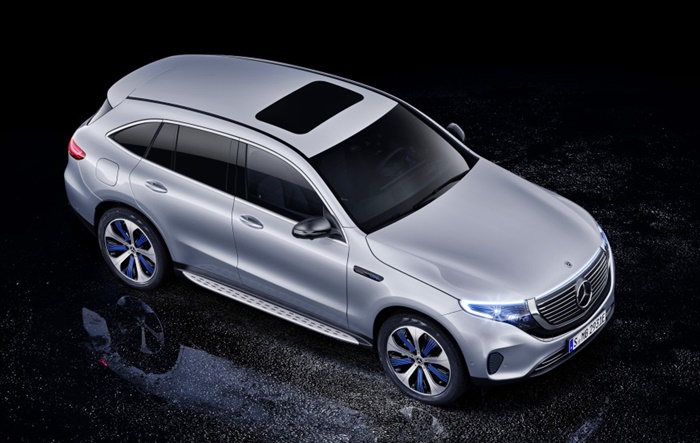
x





